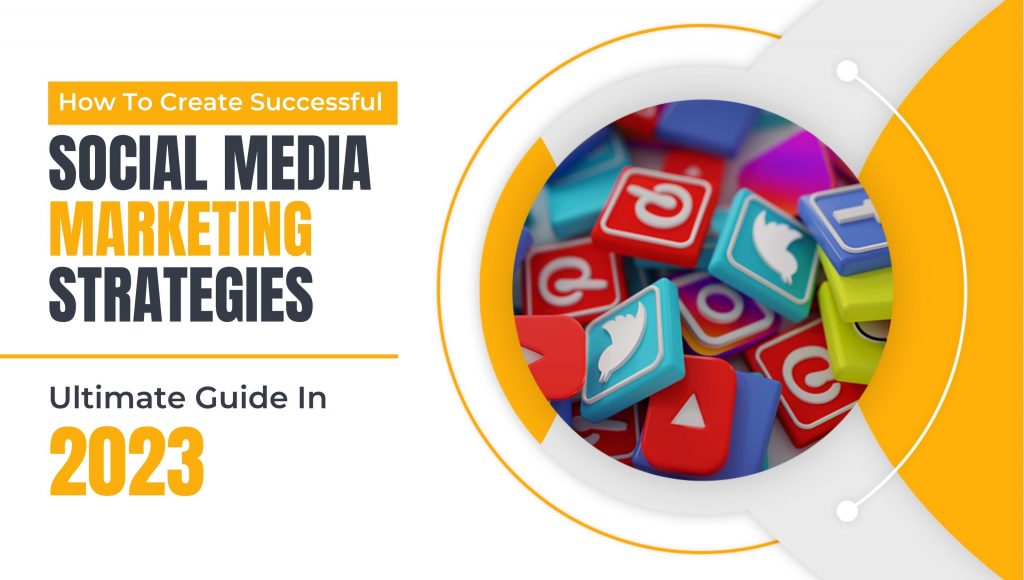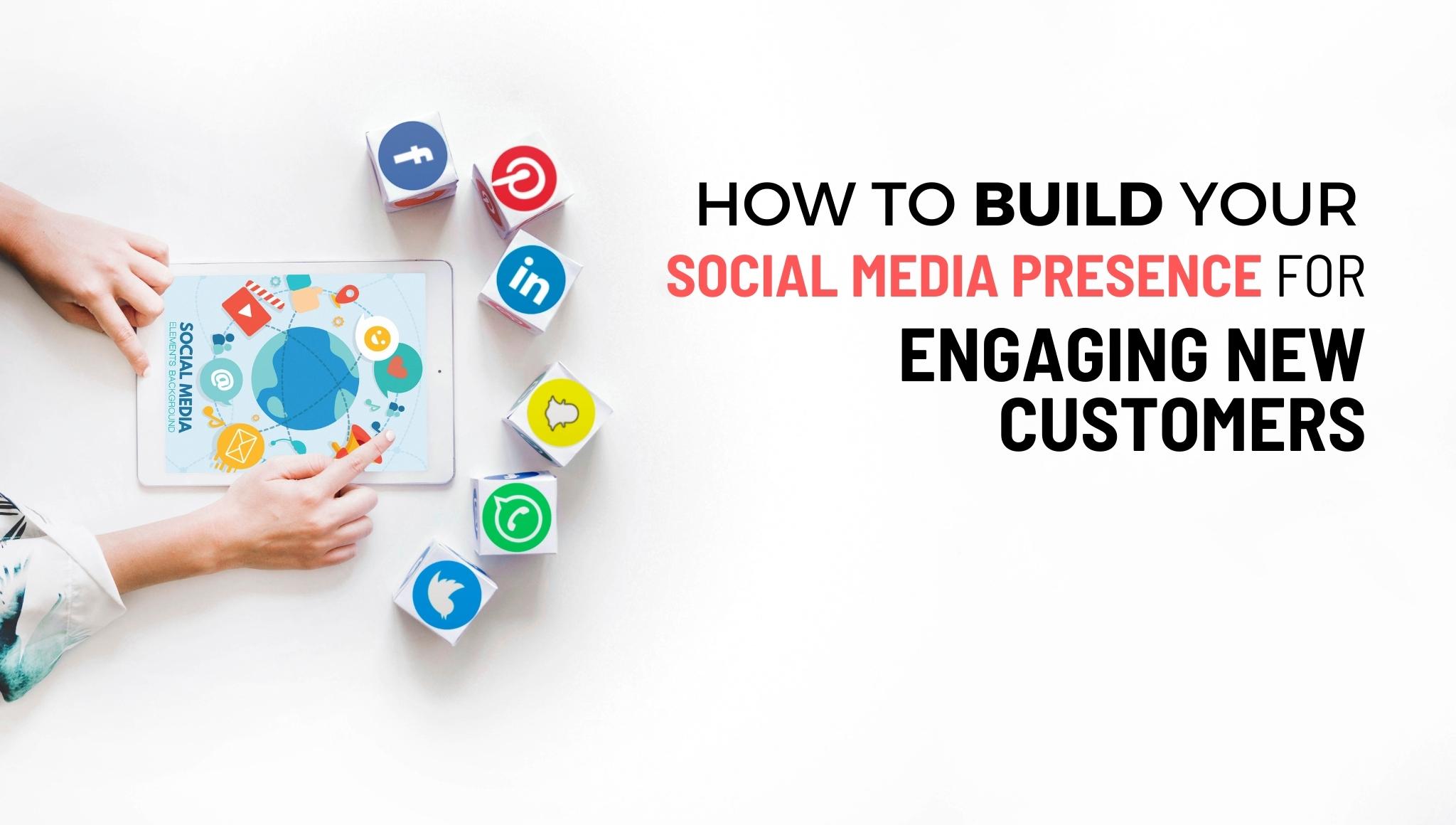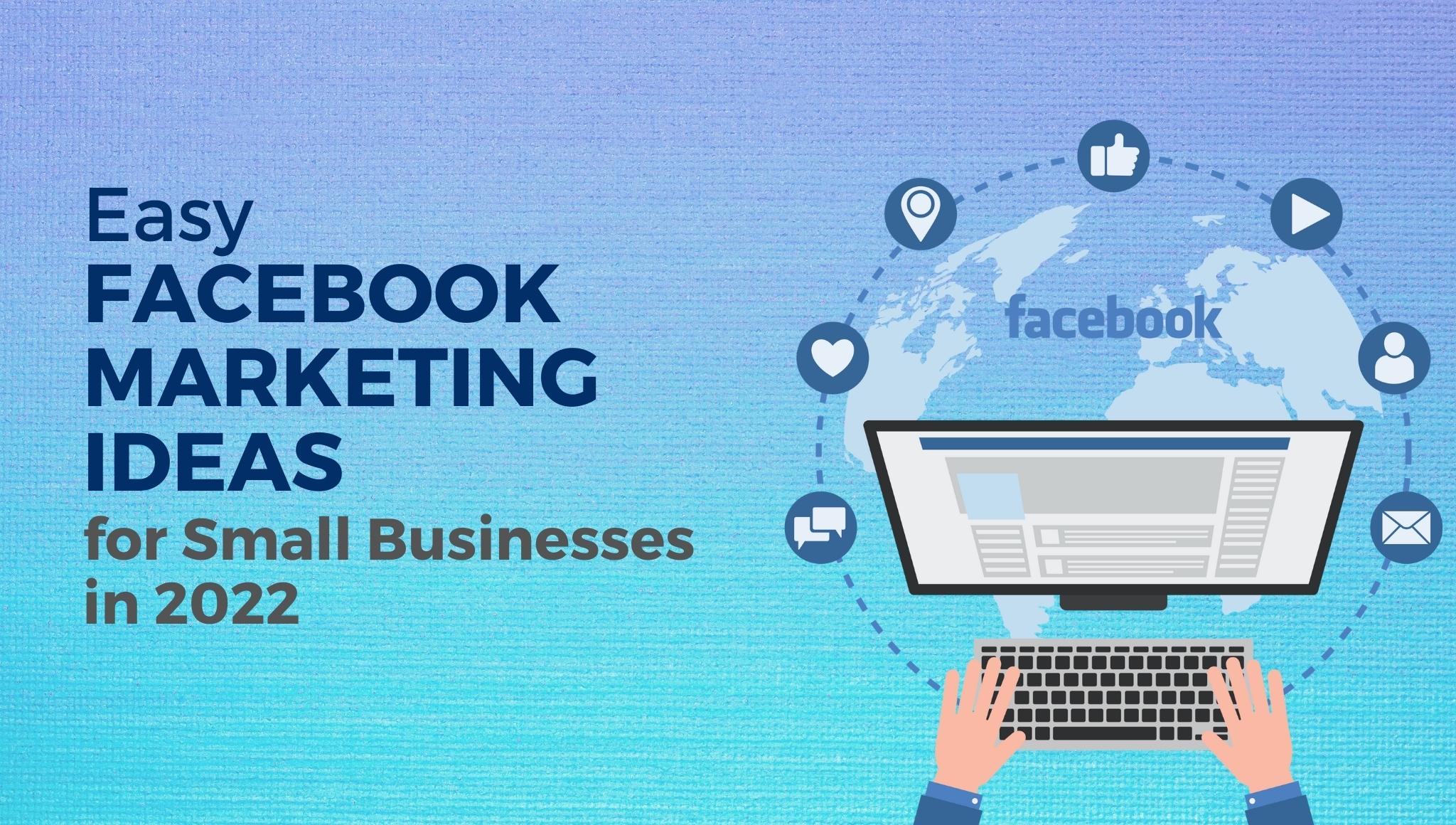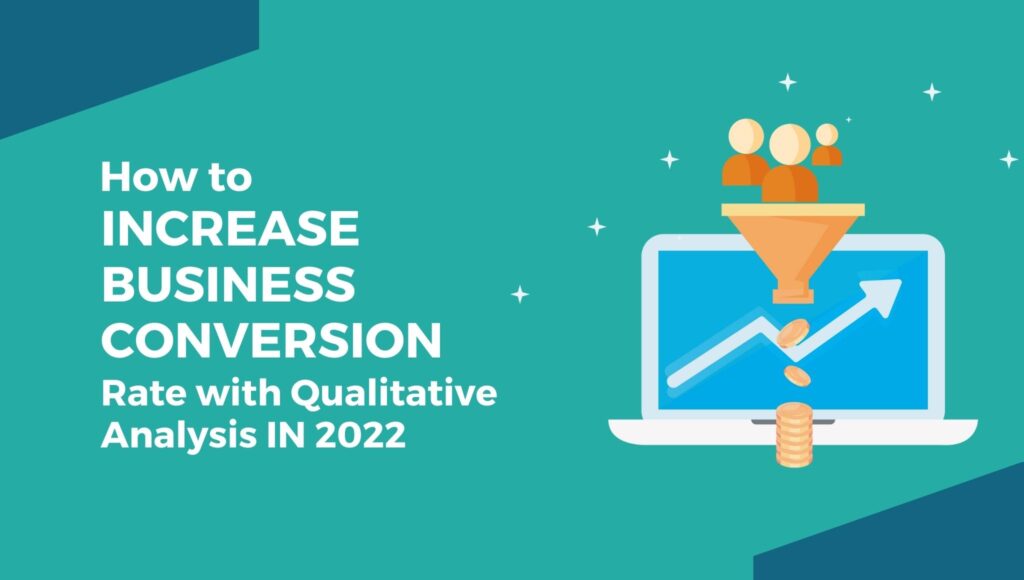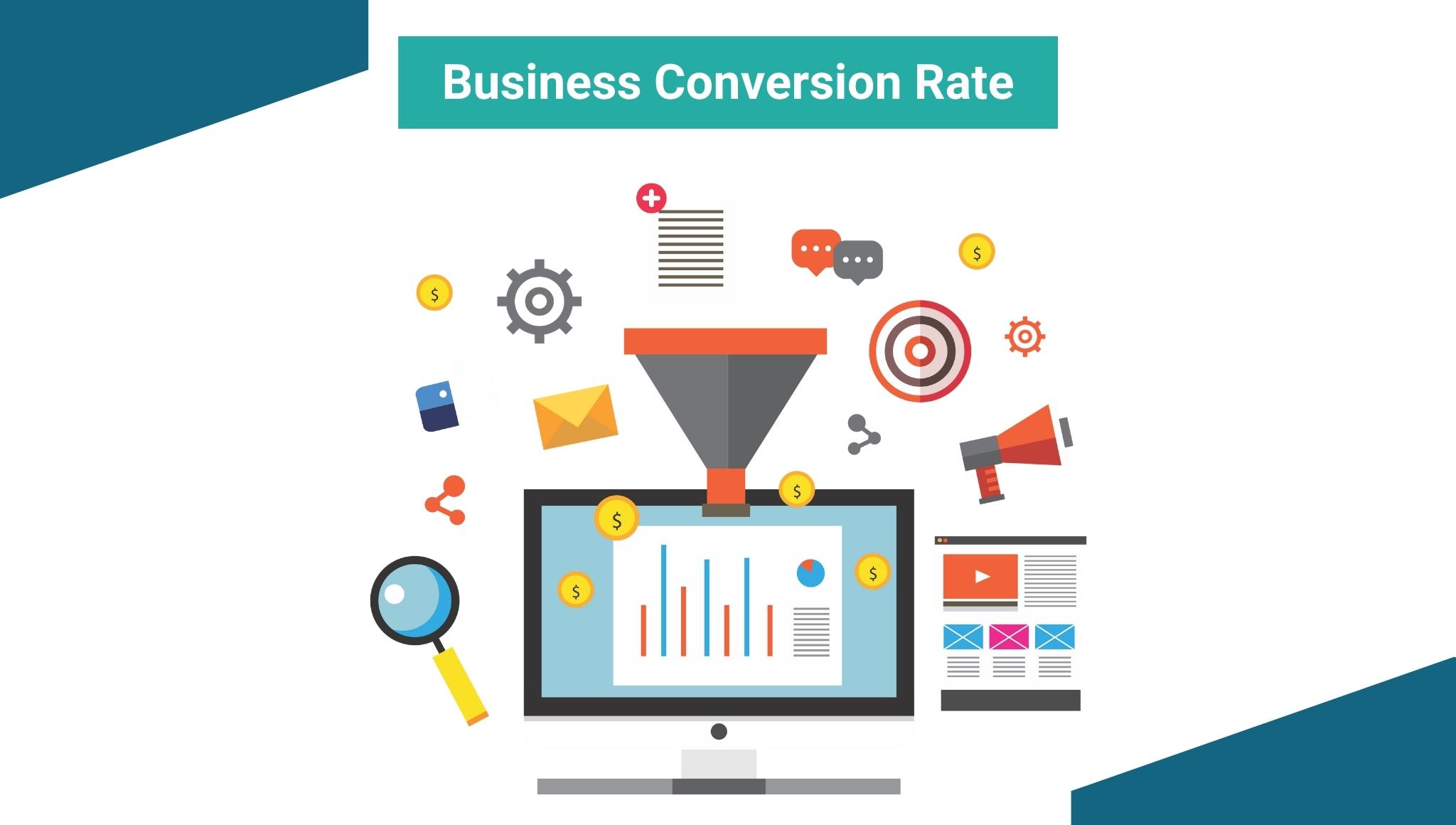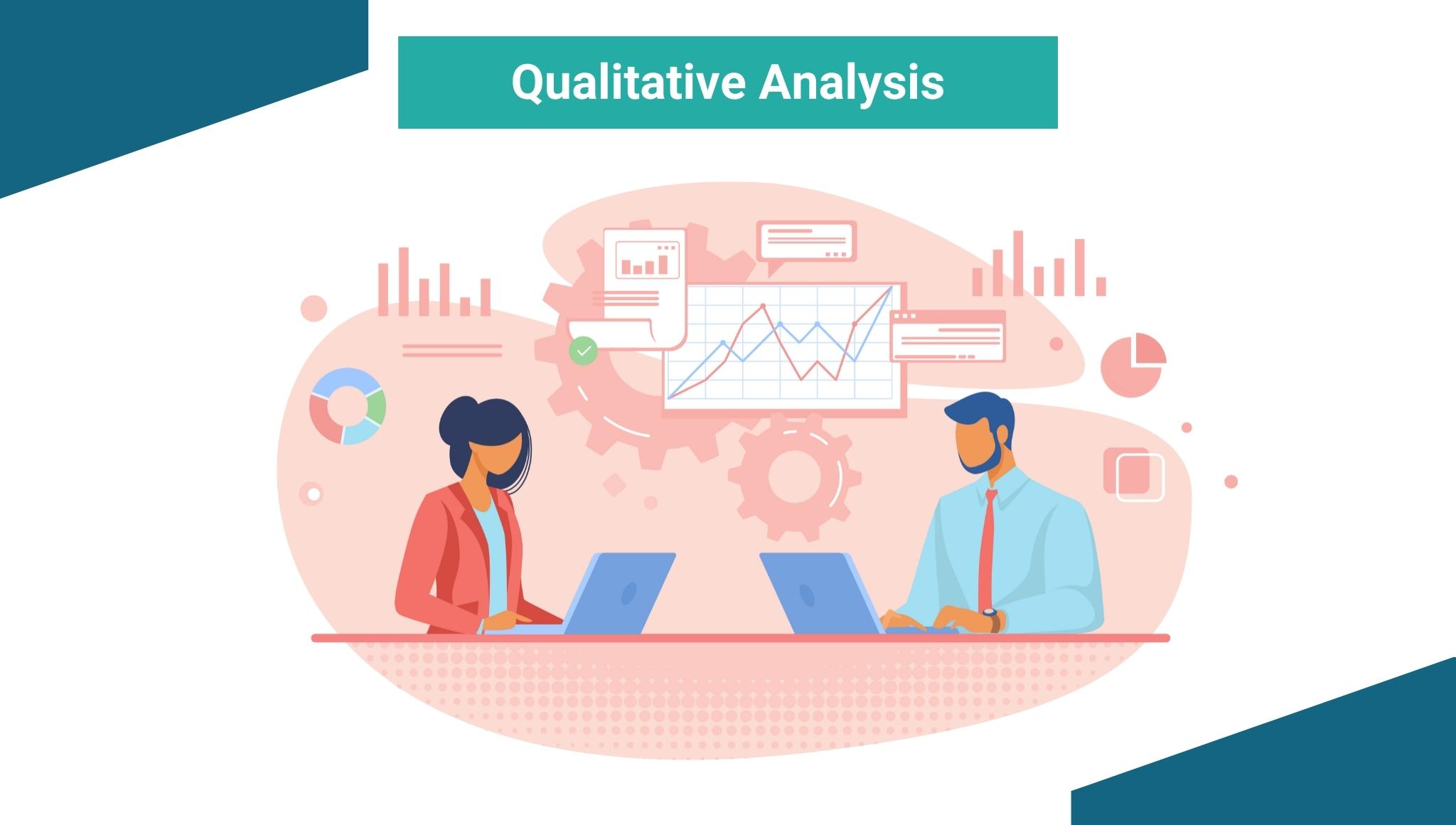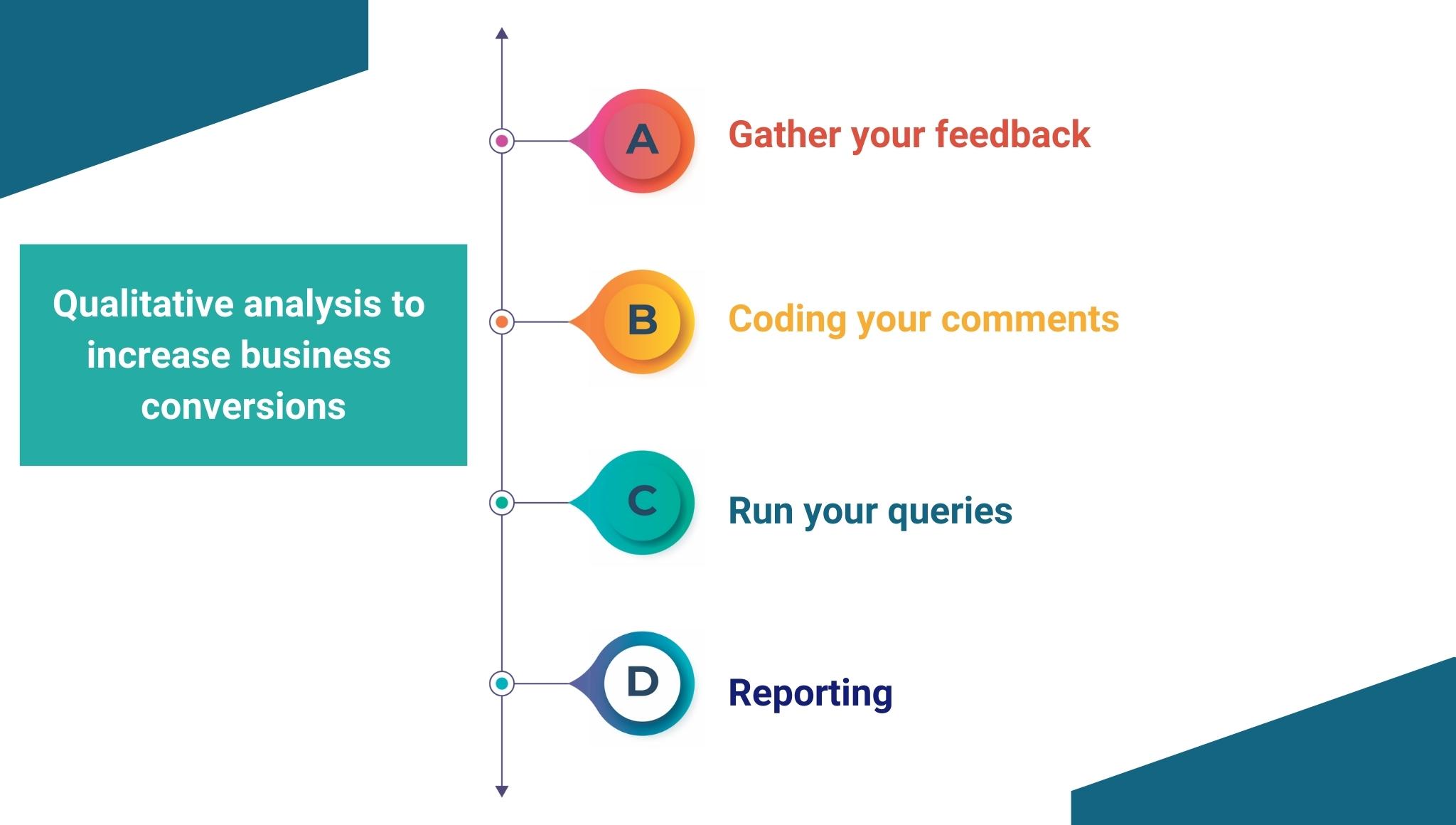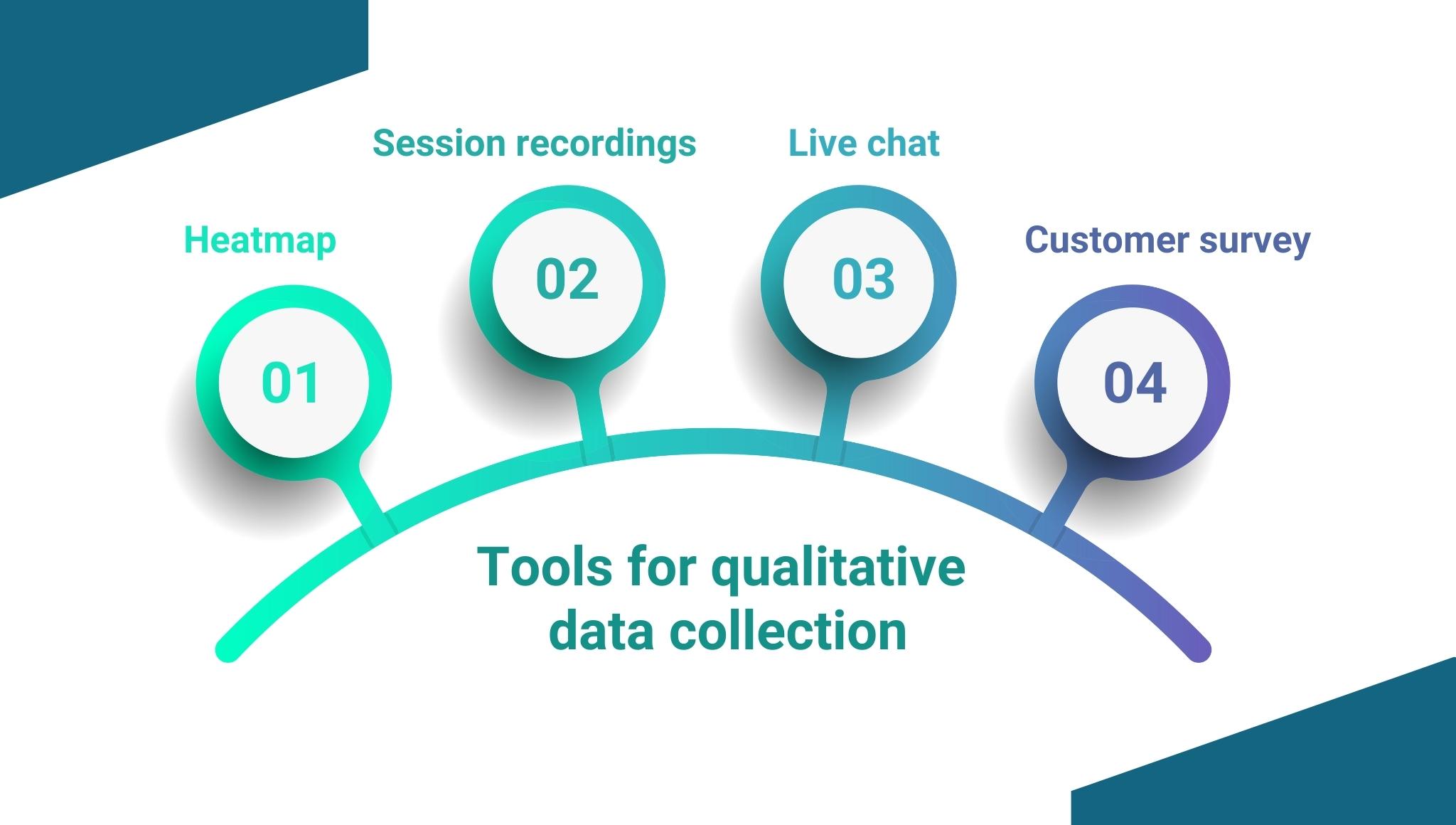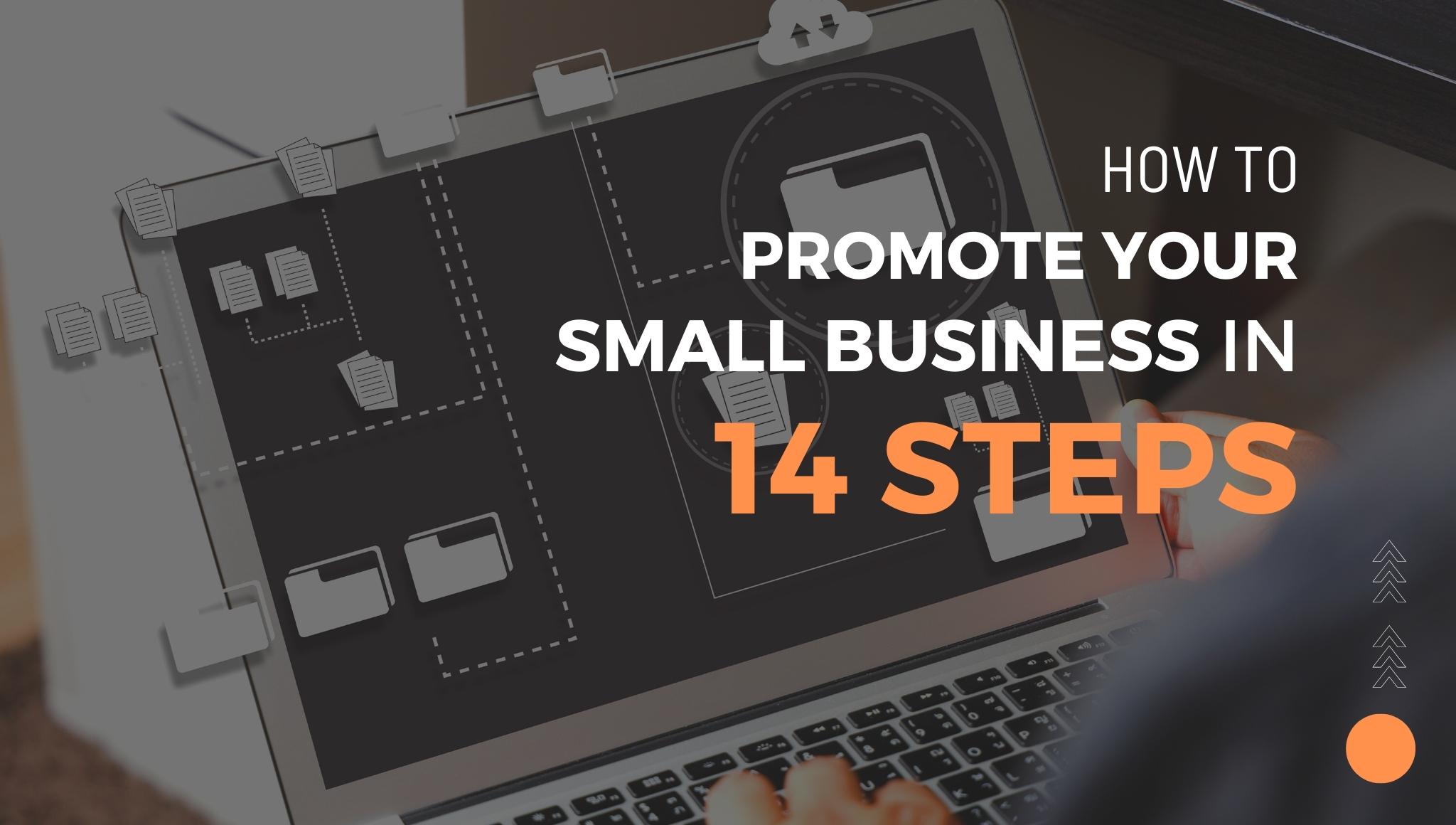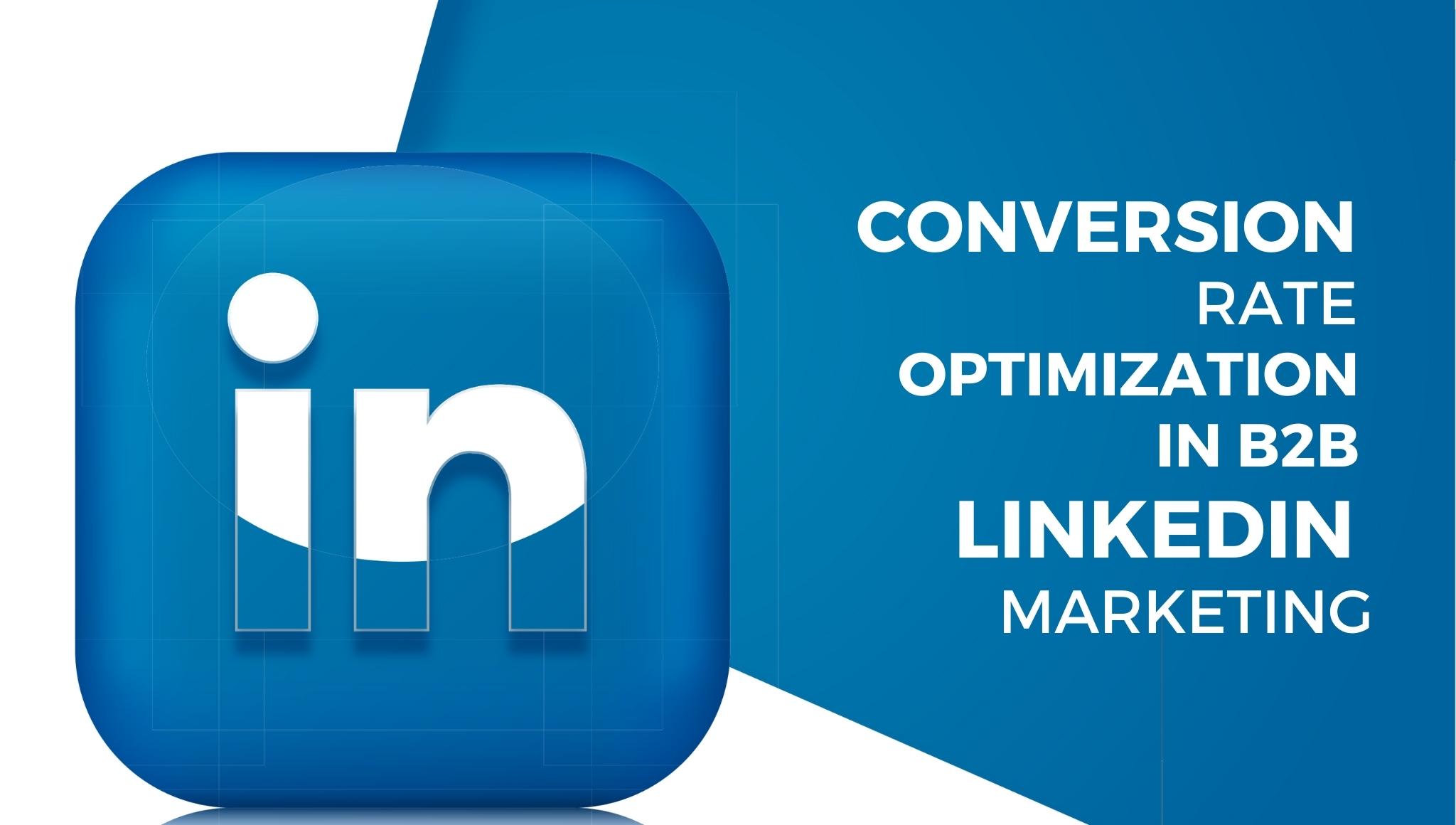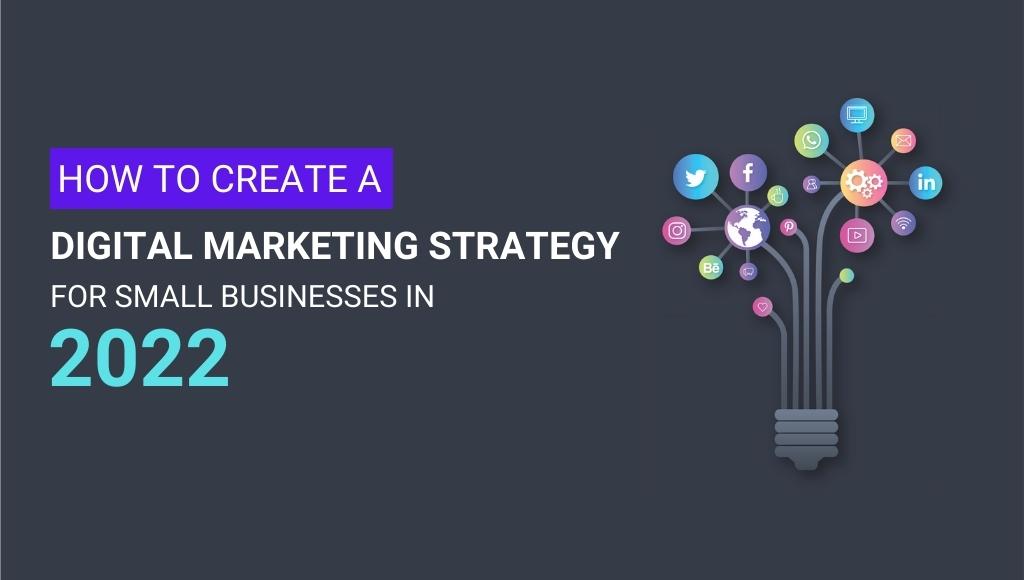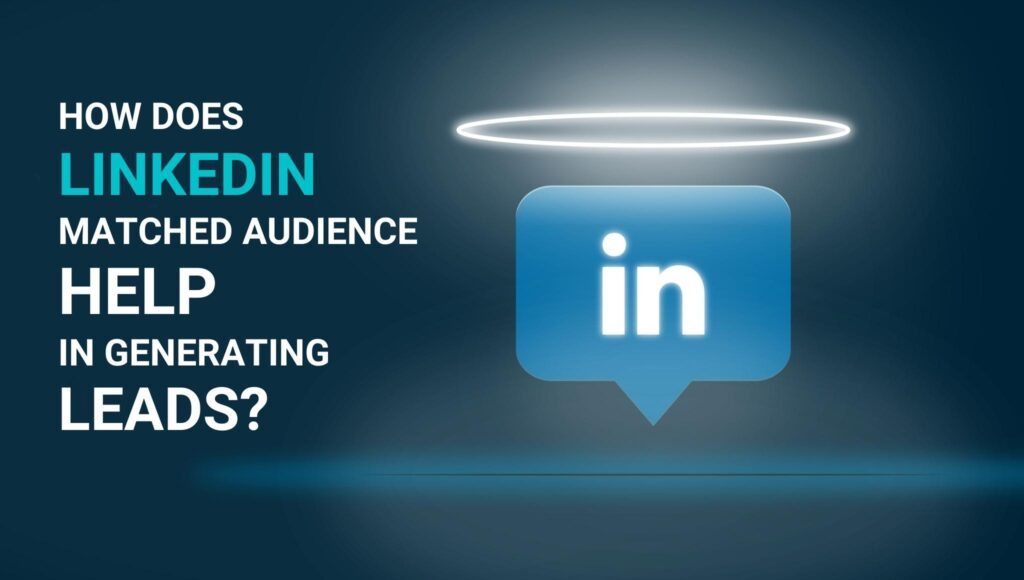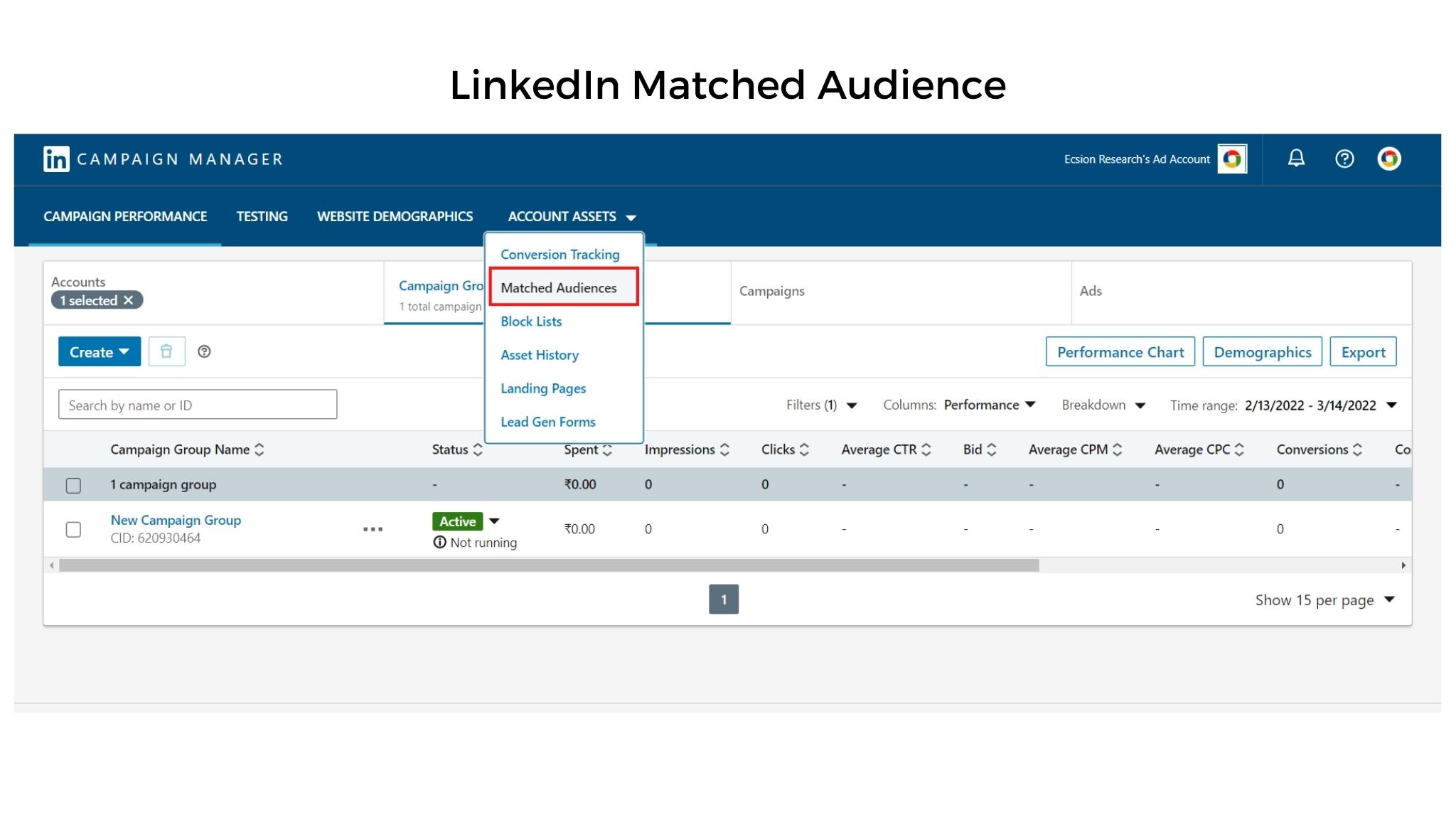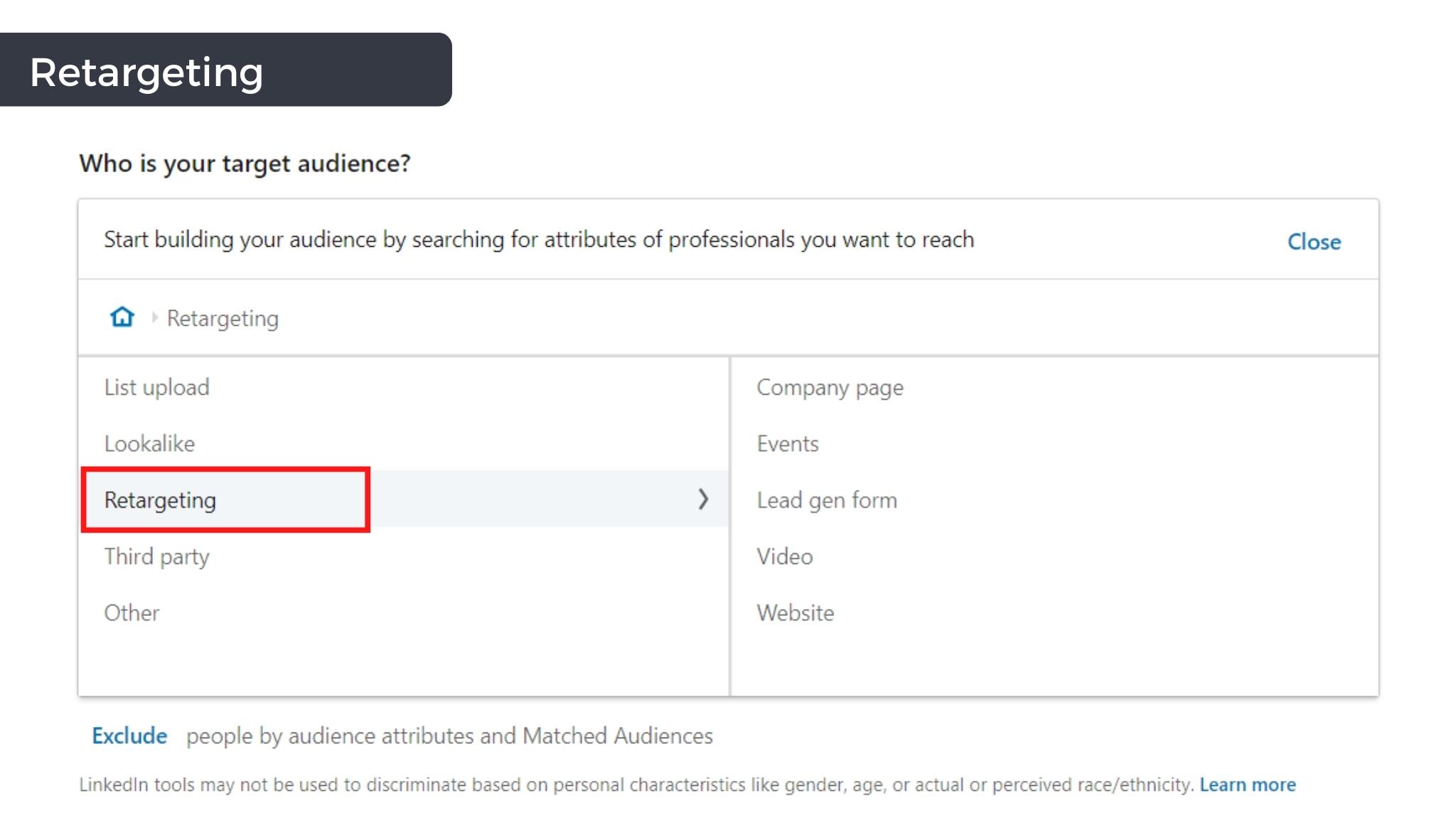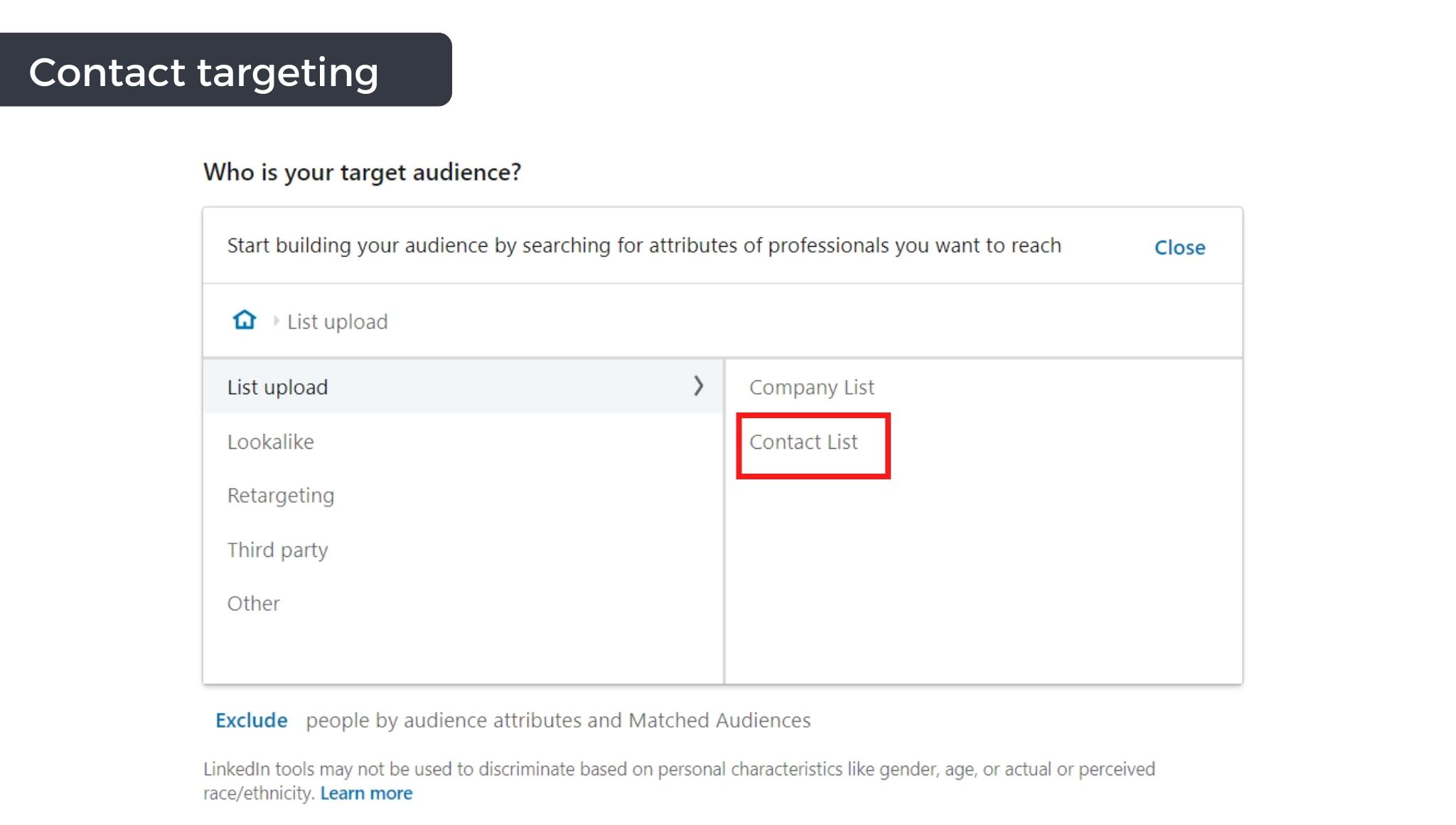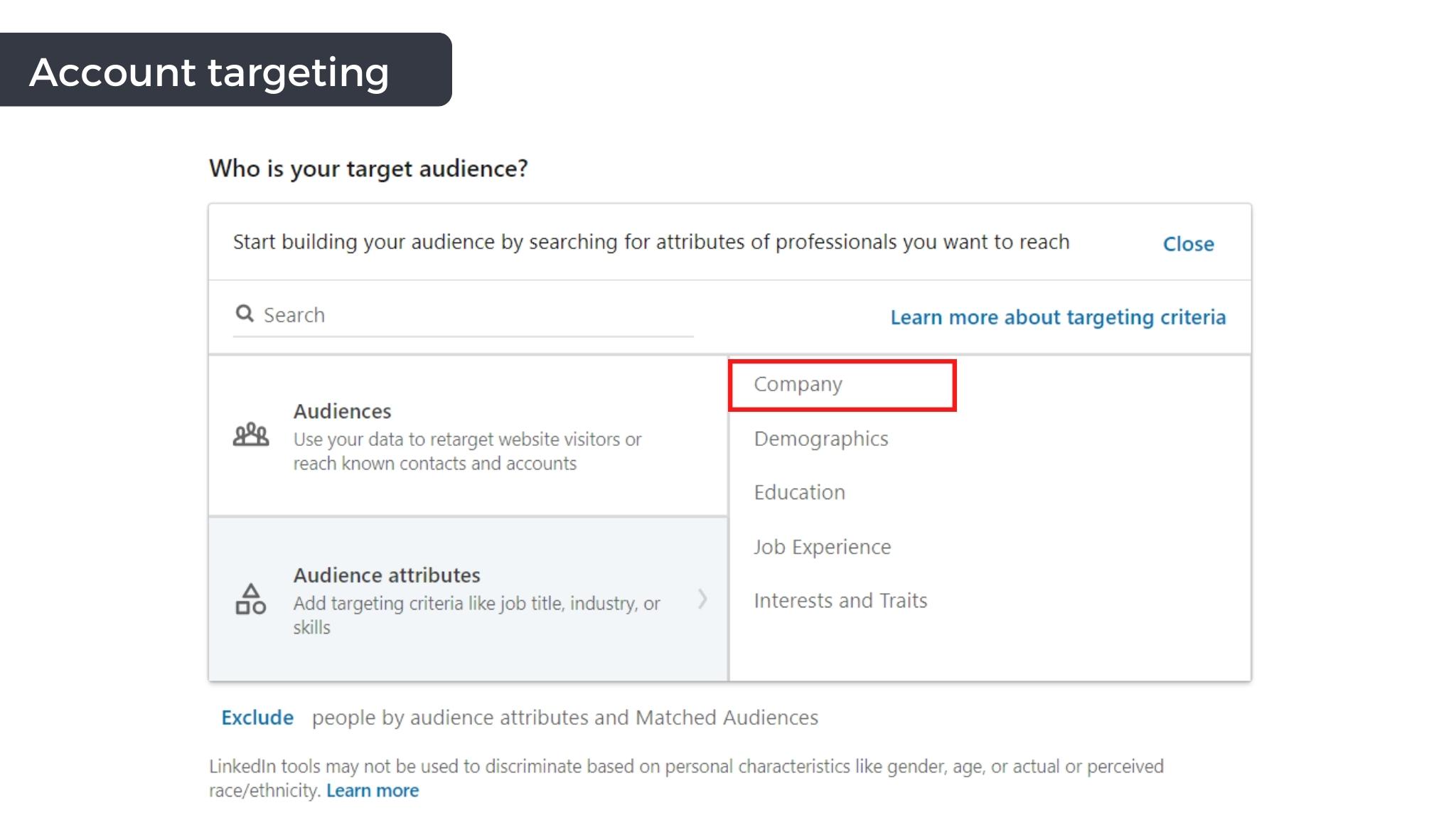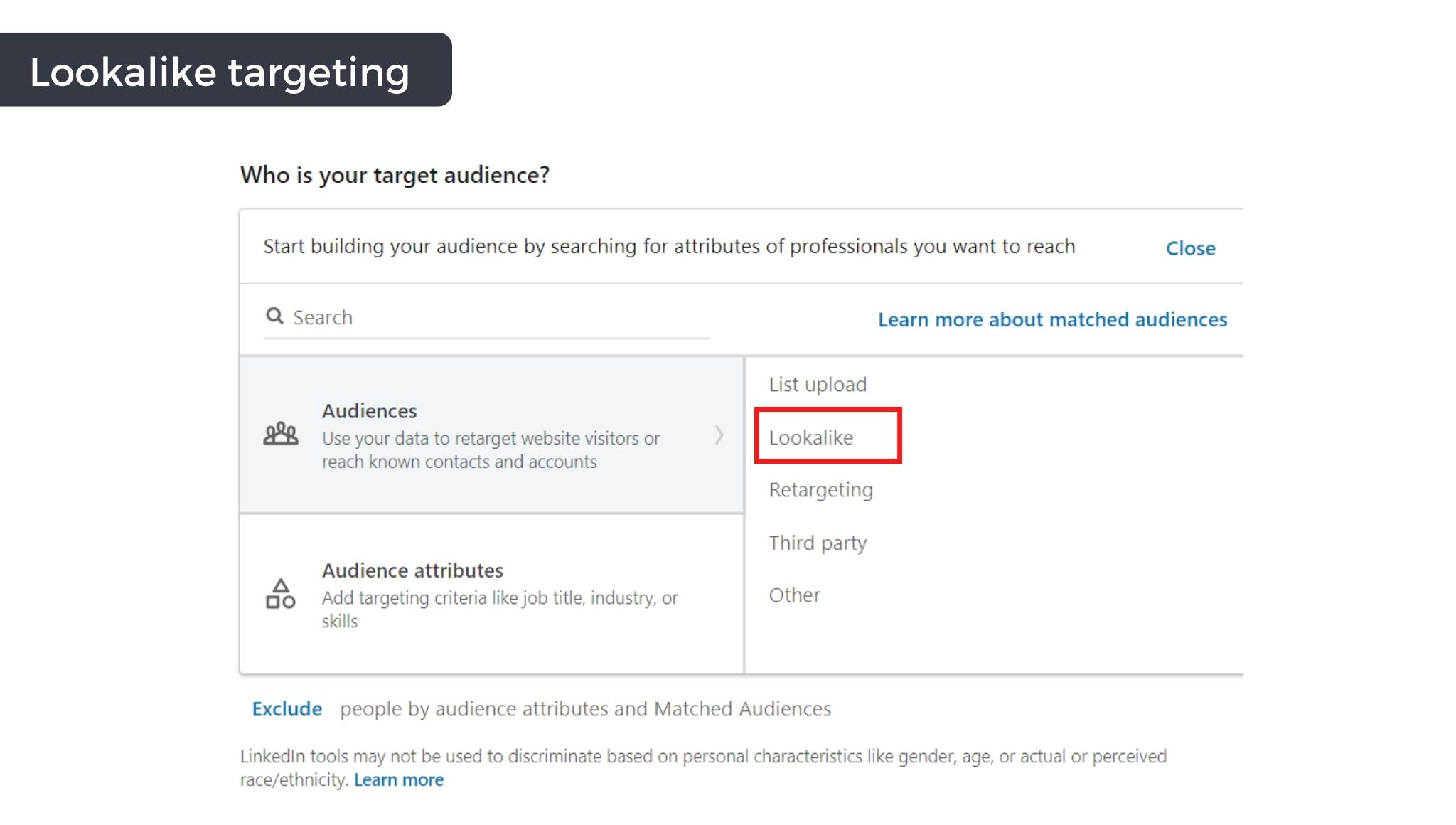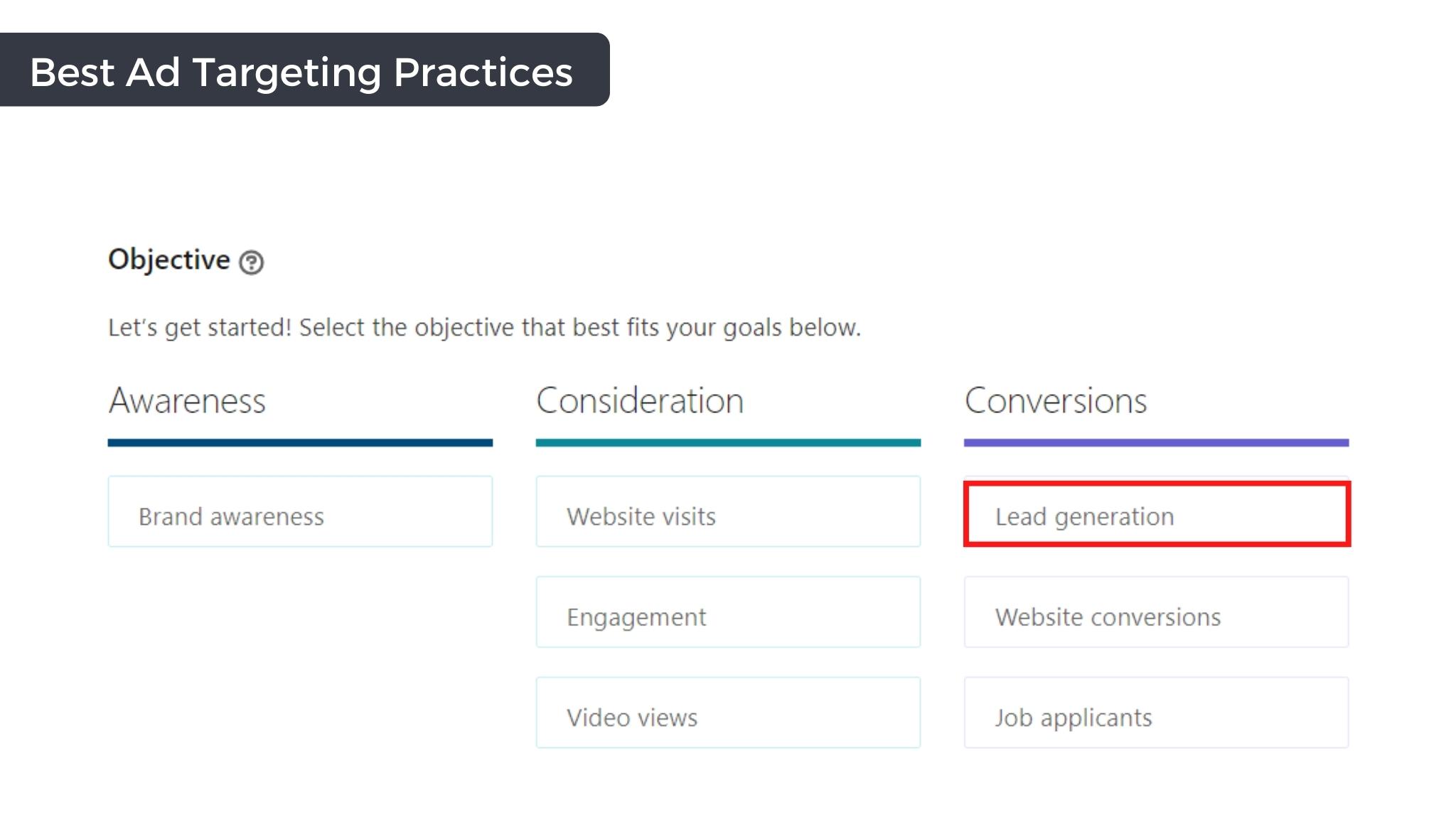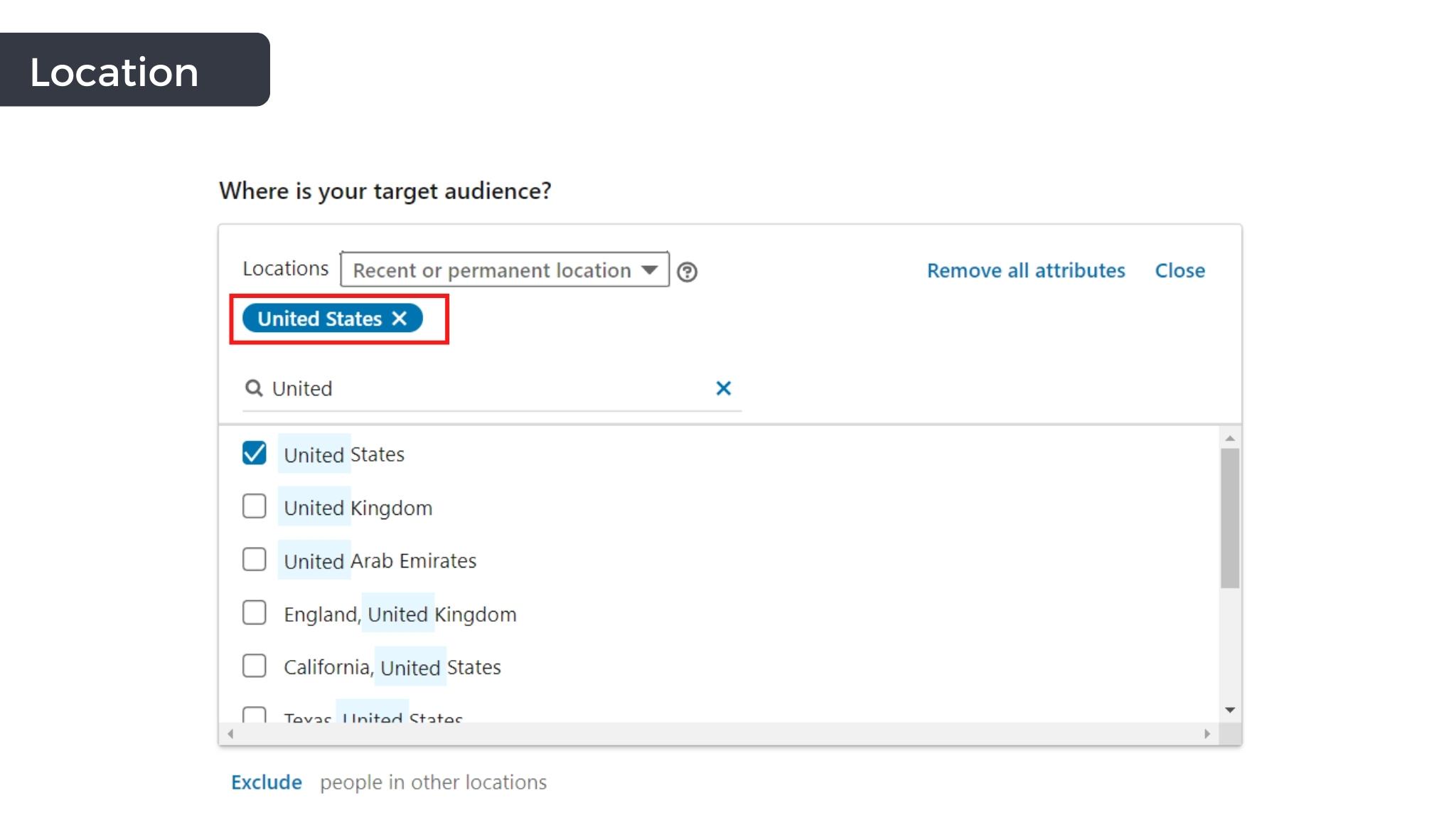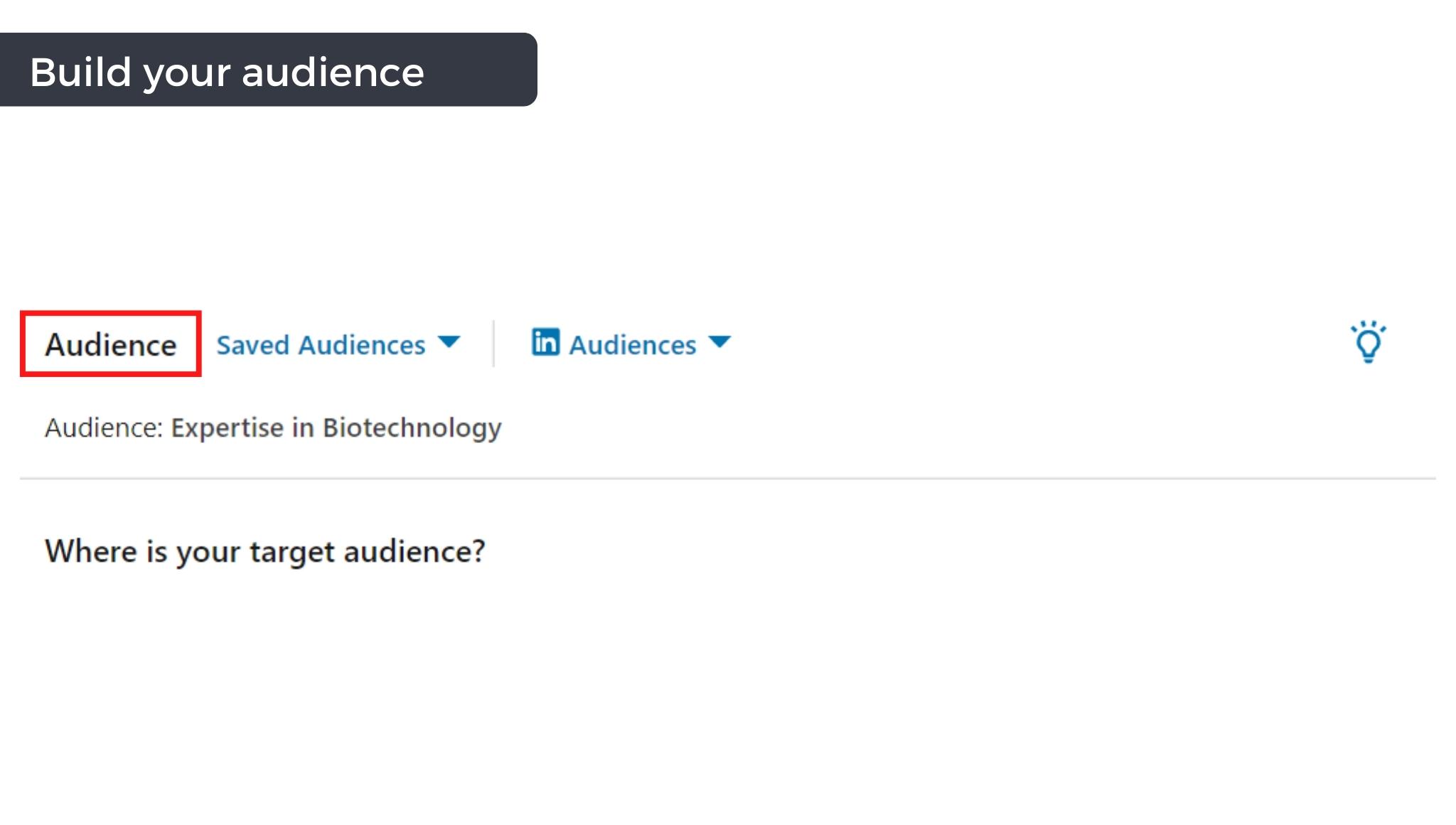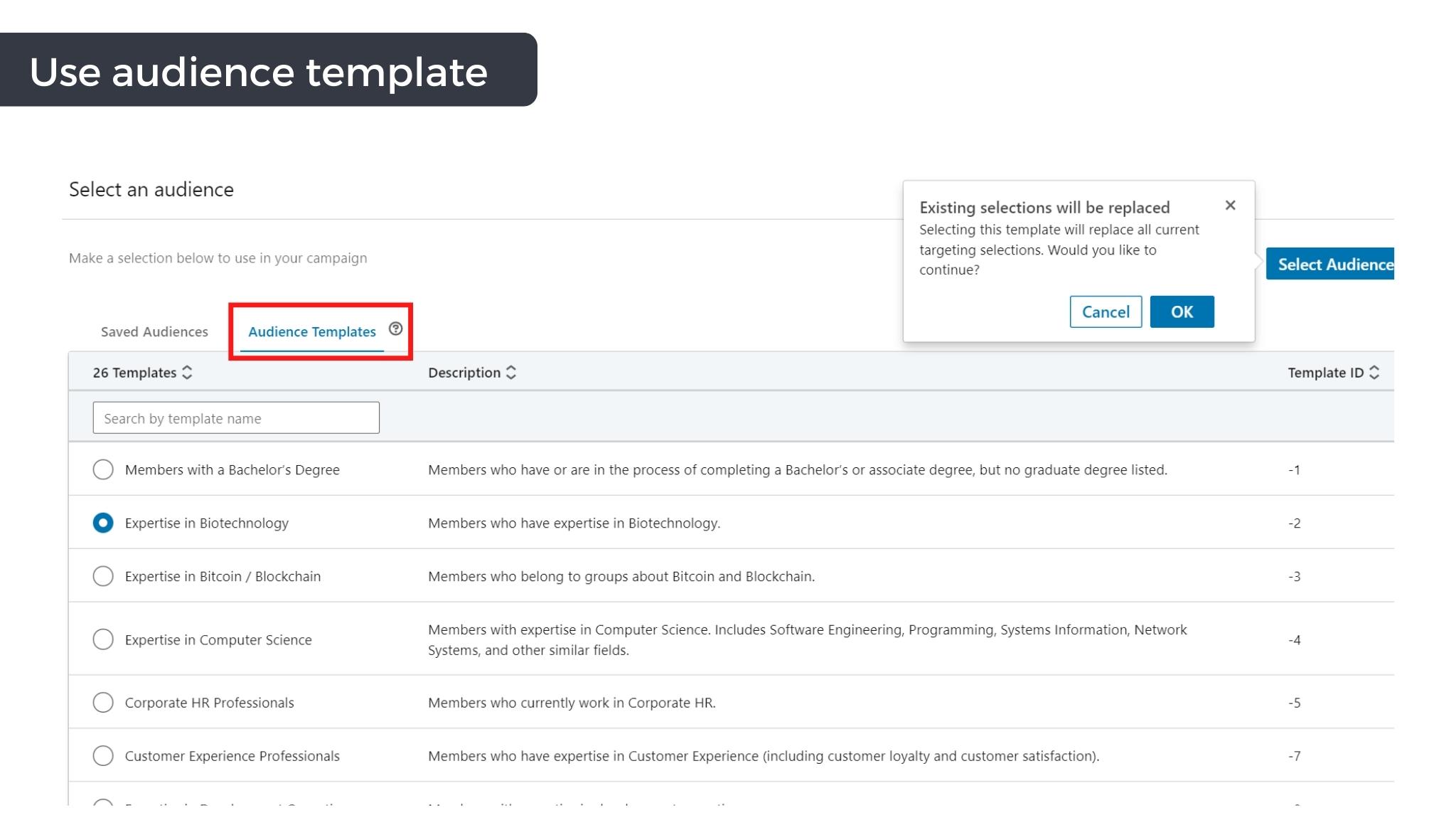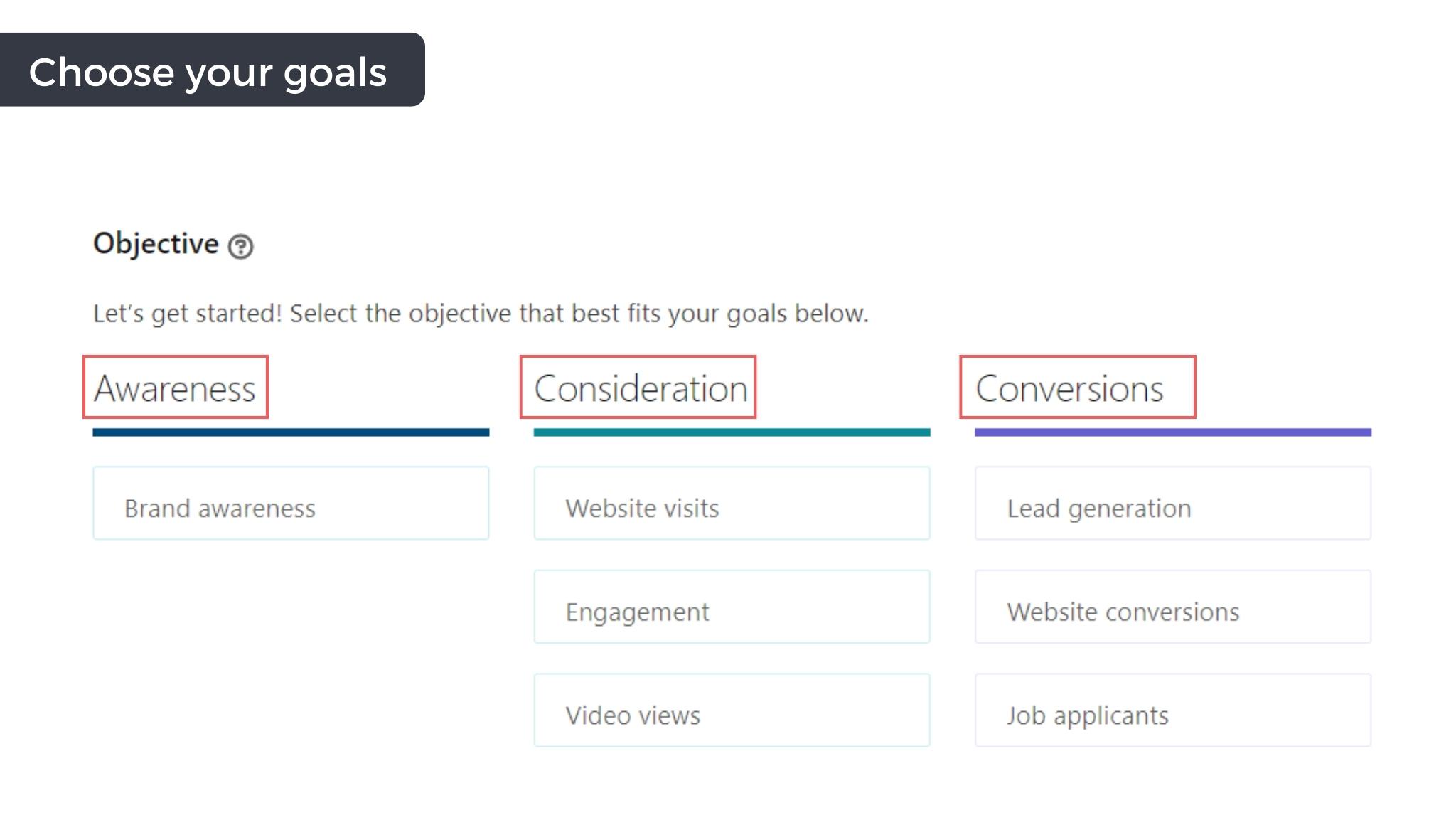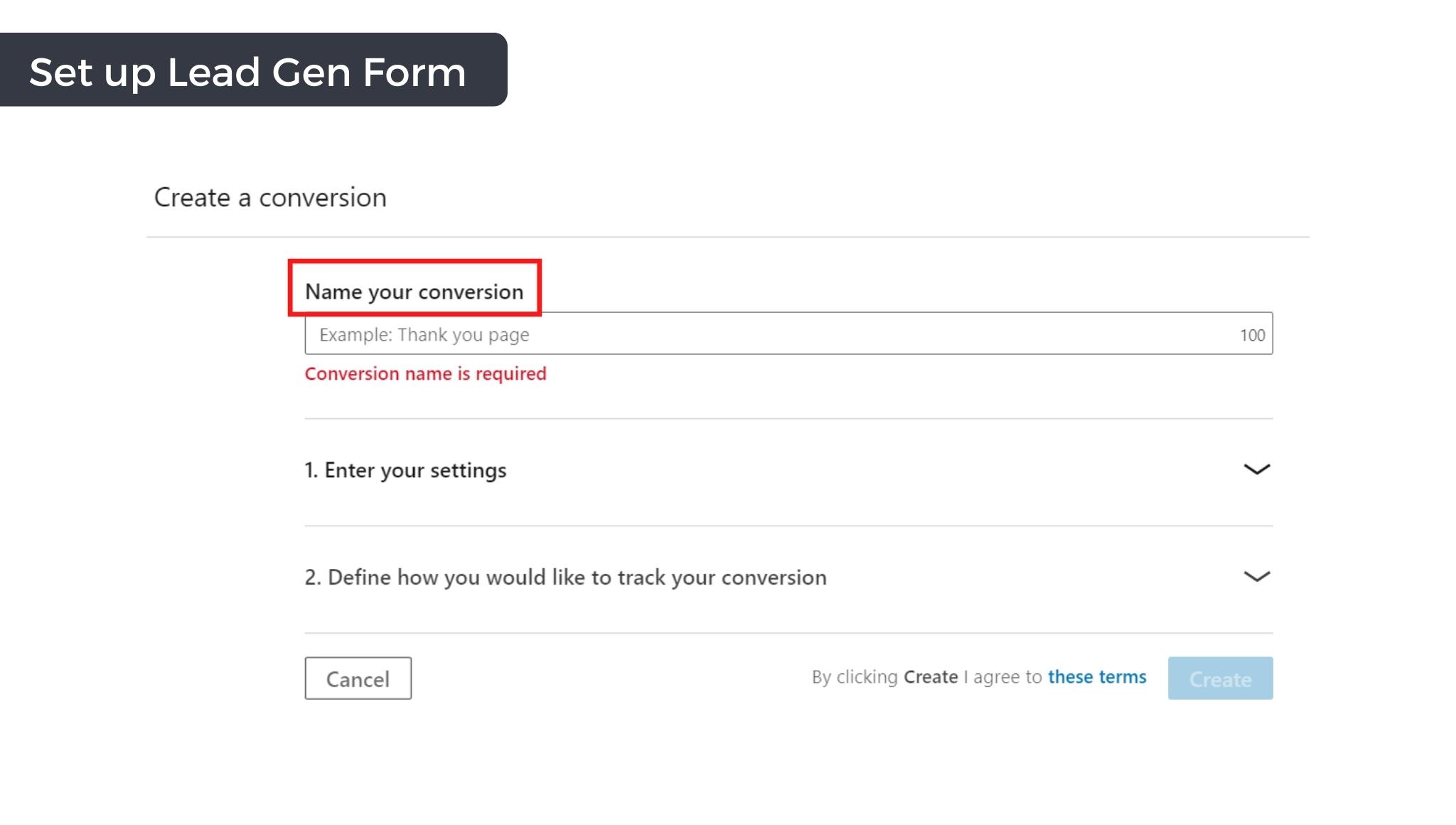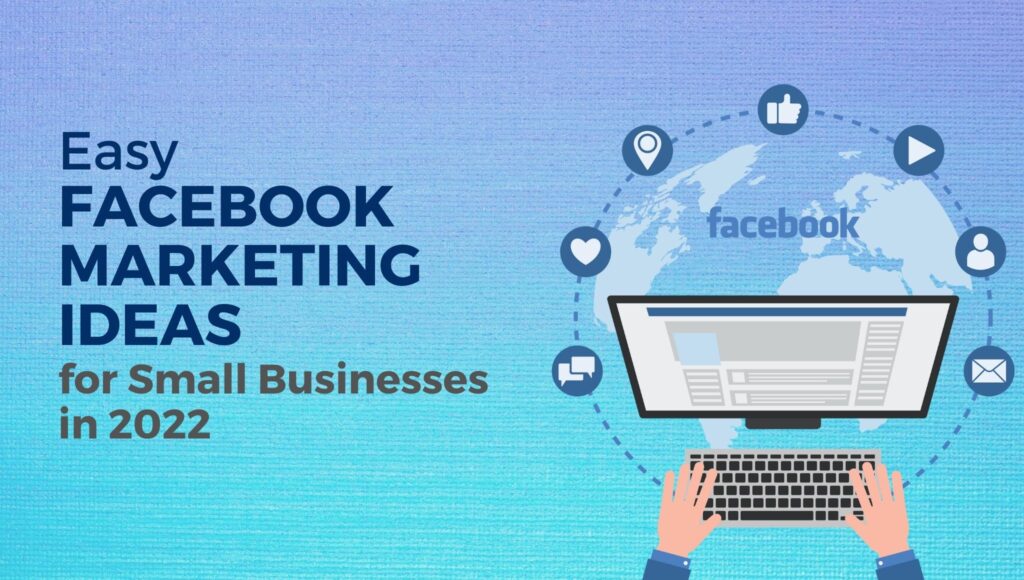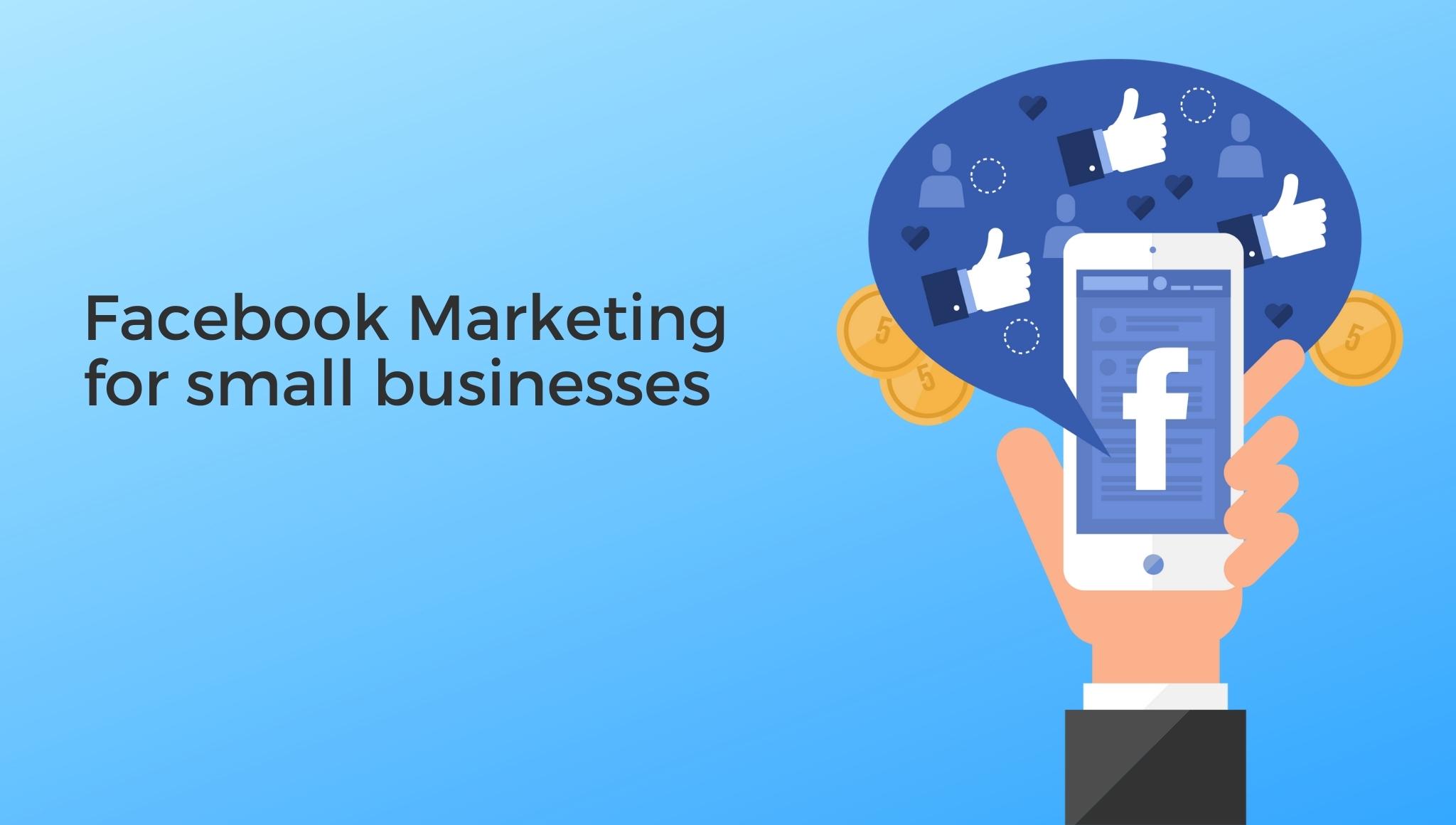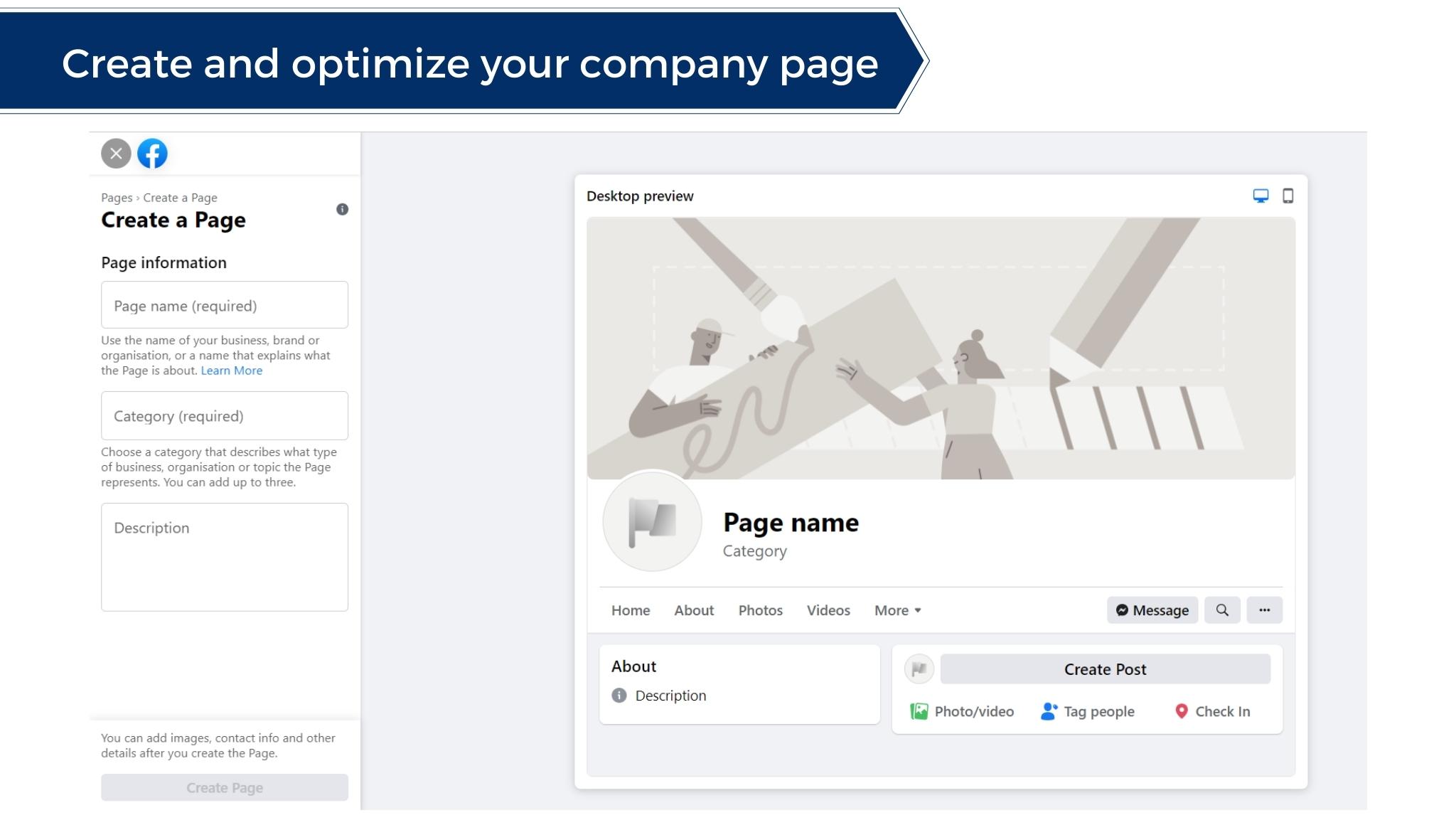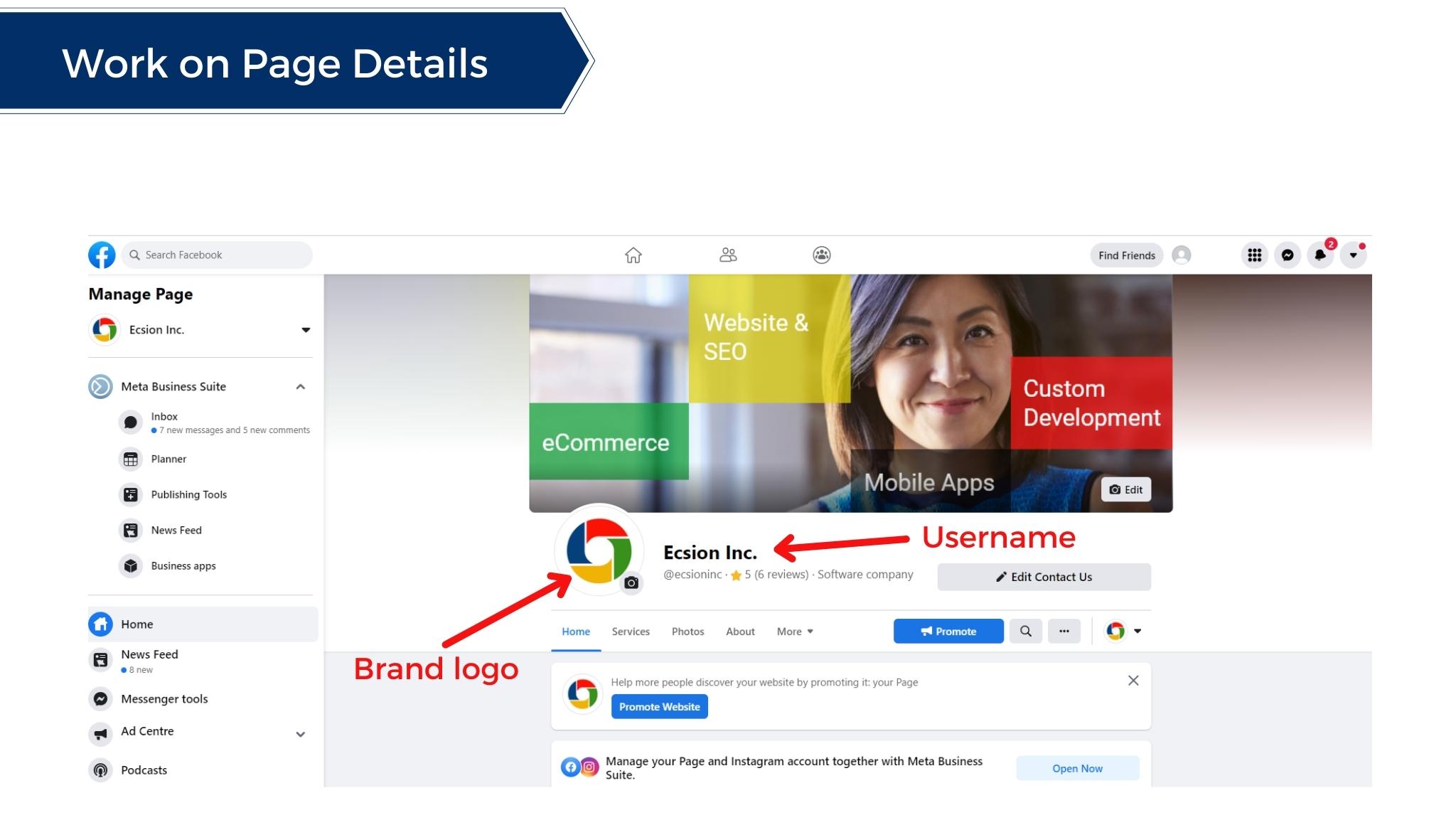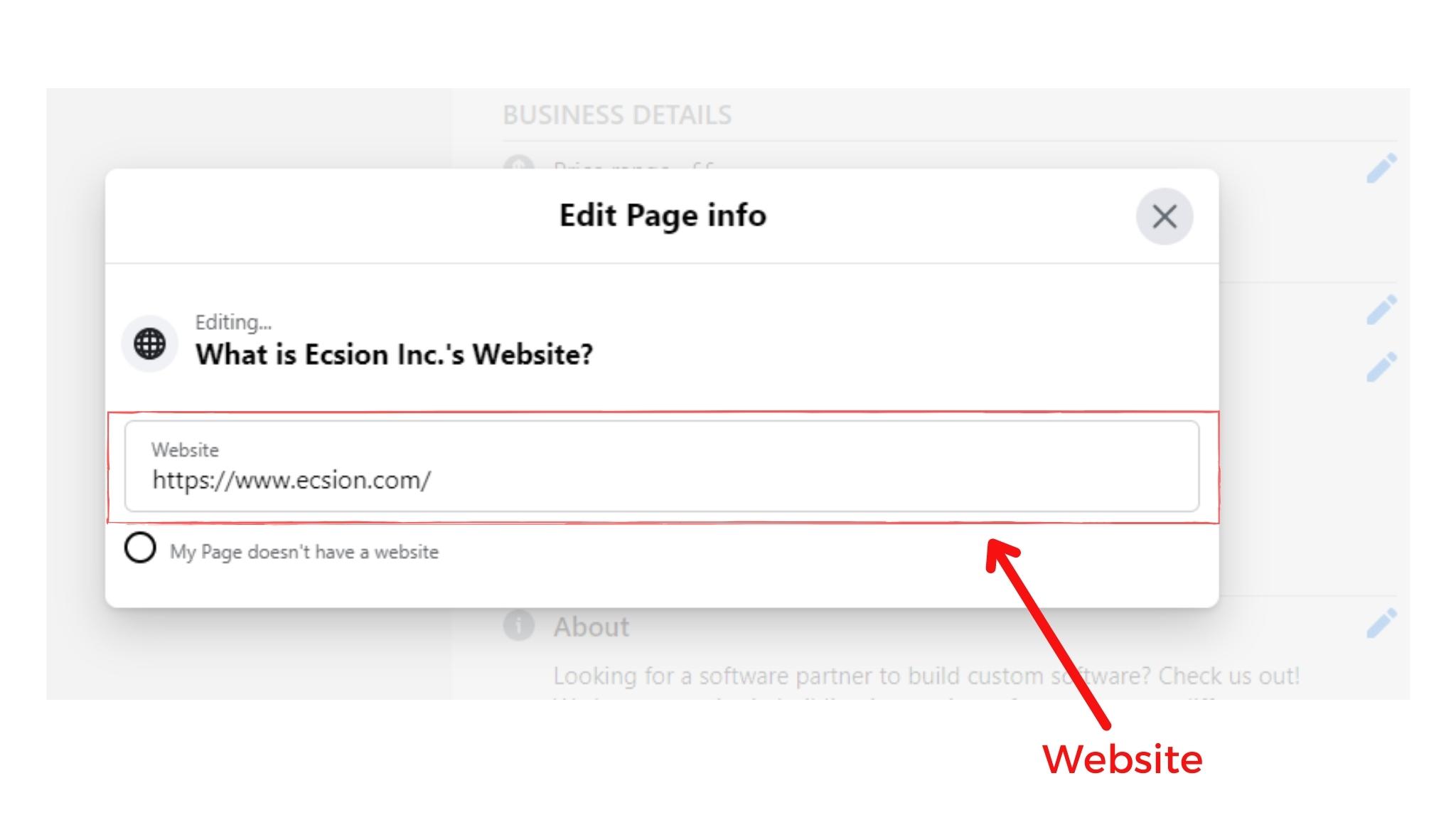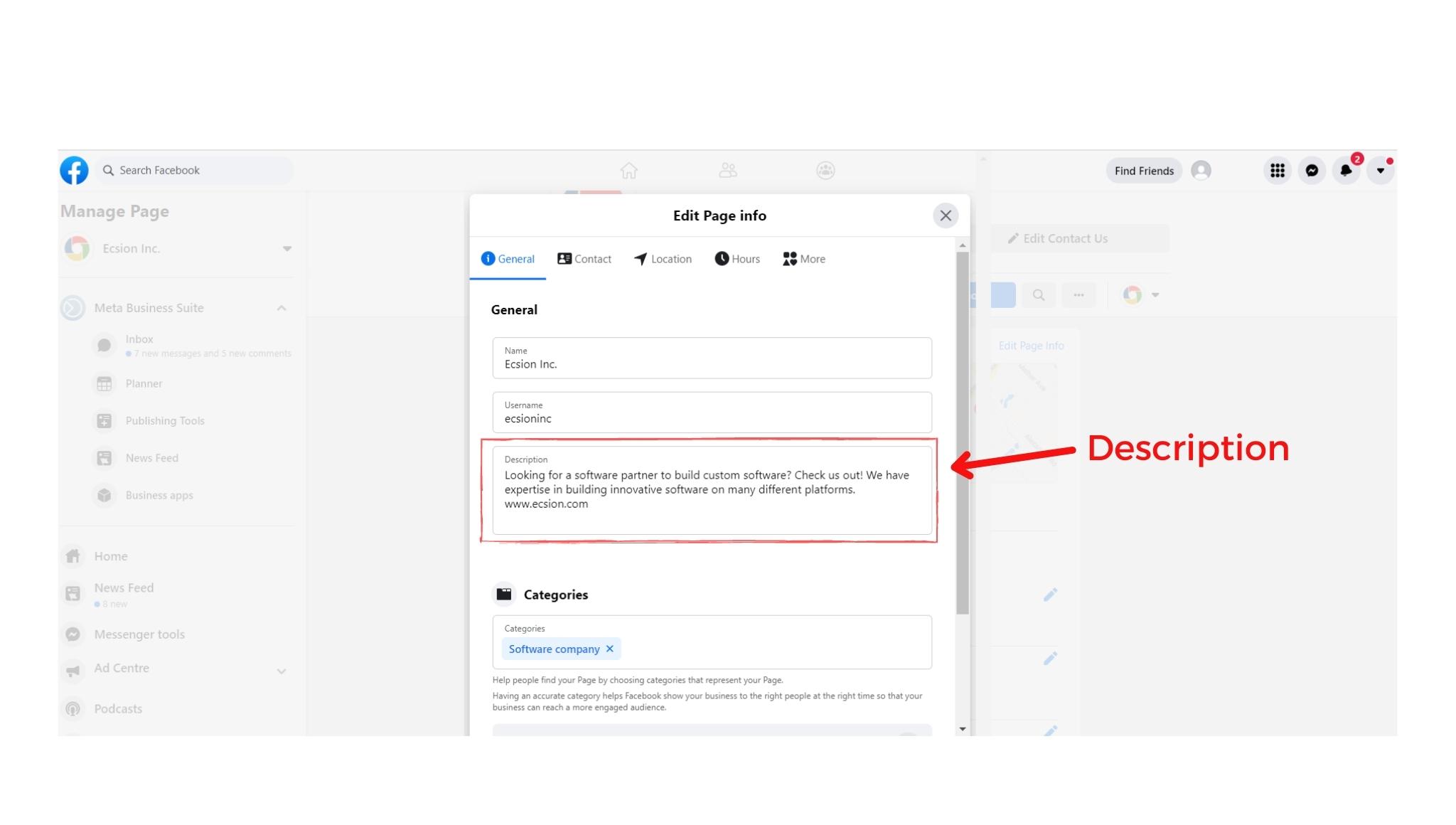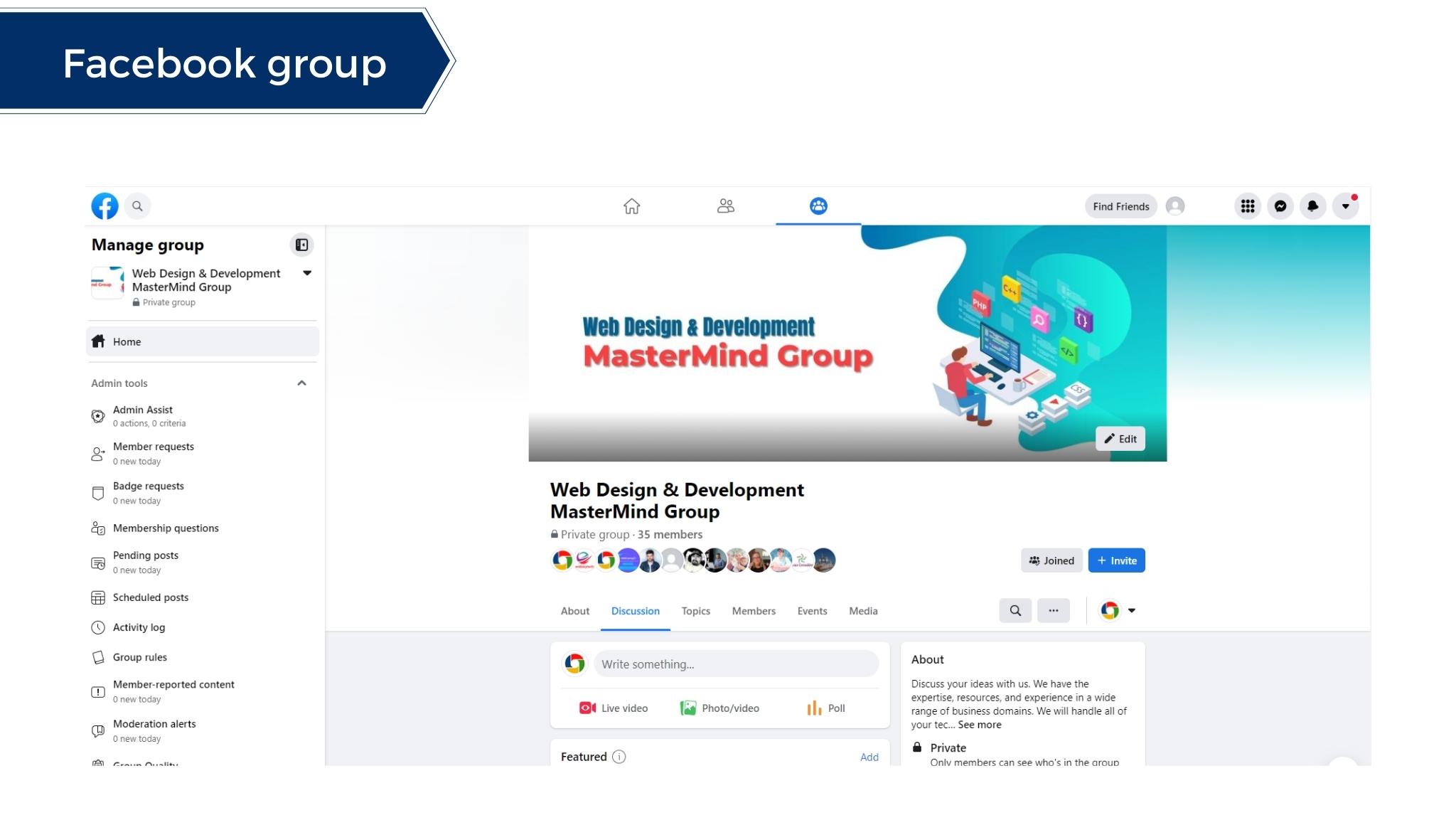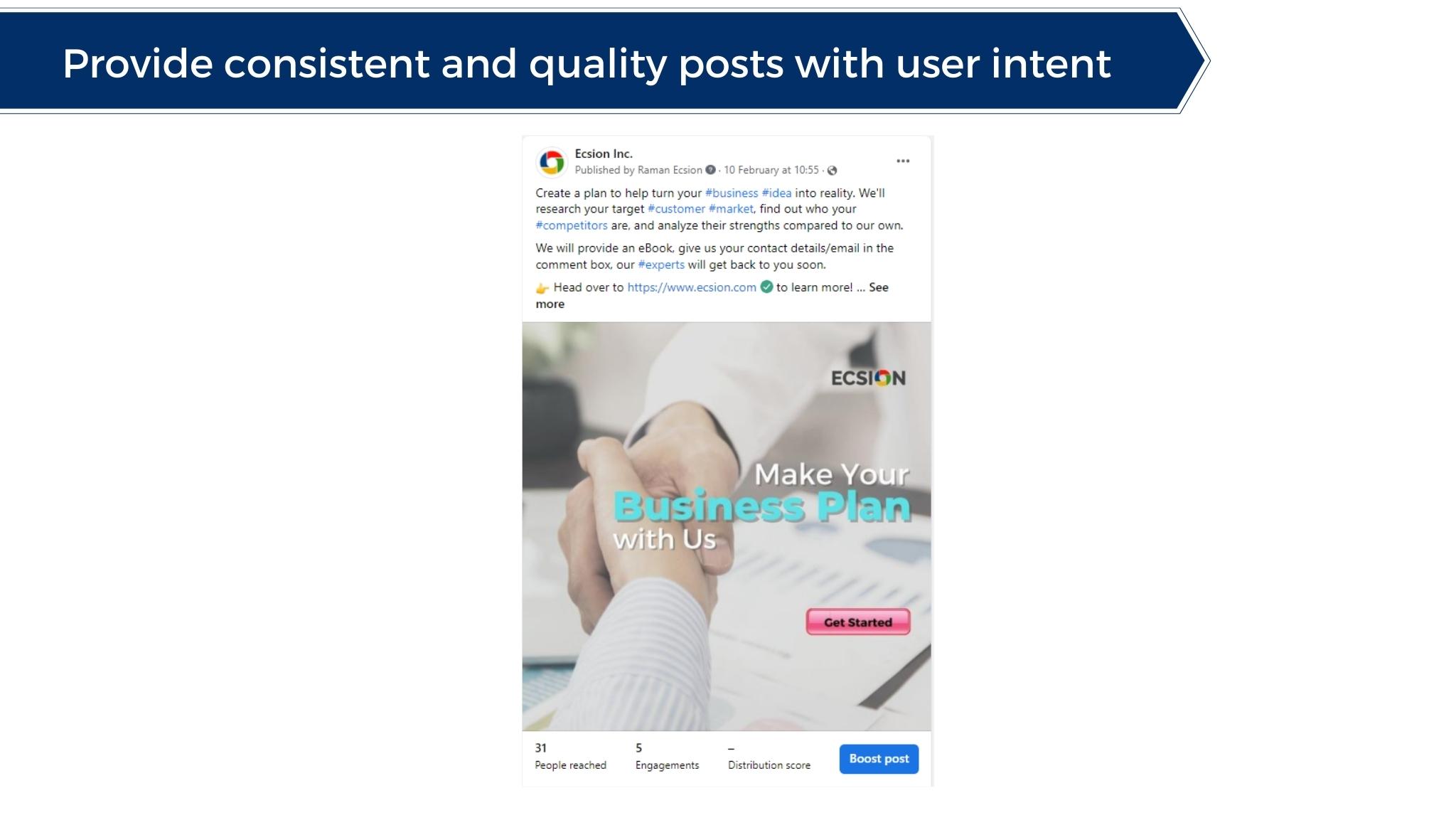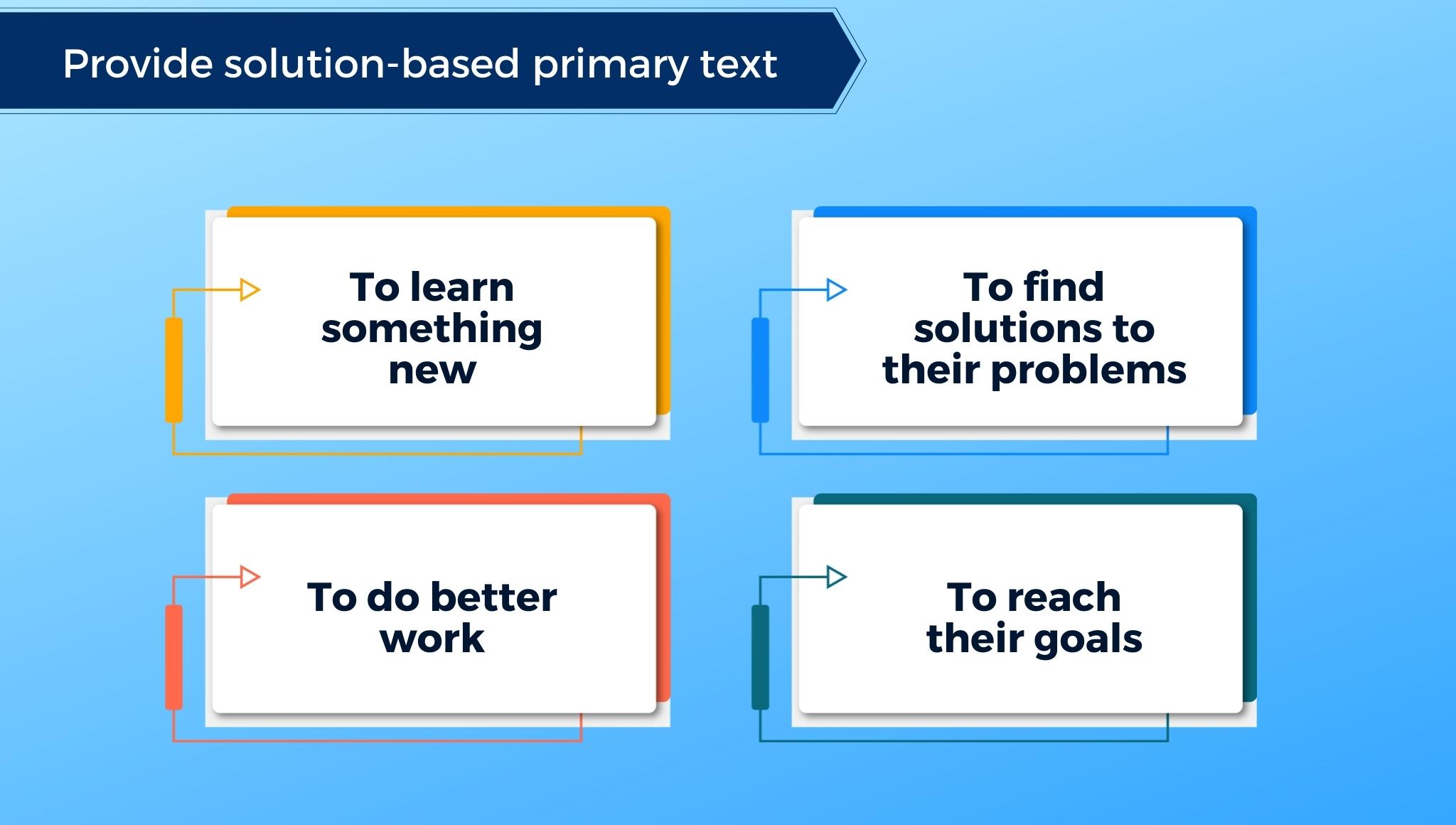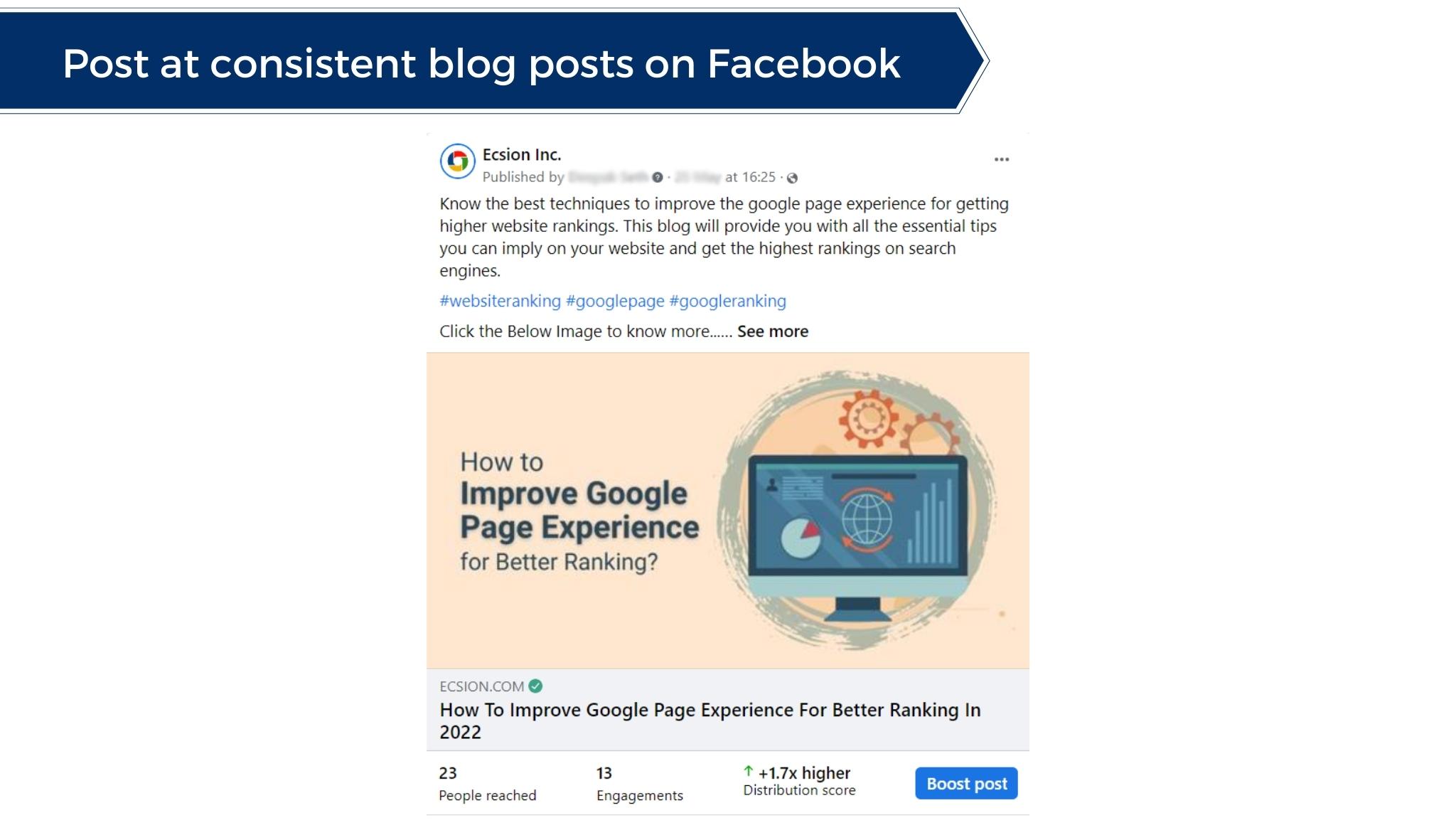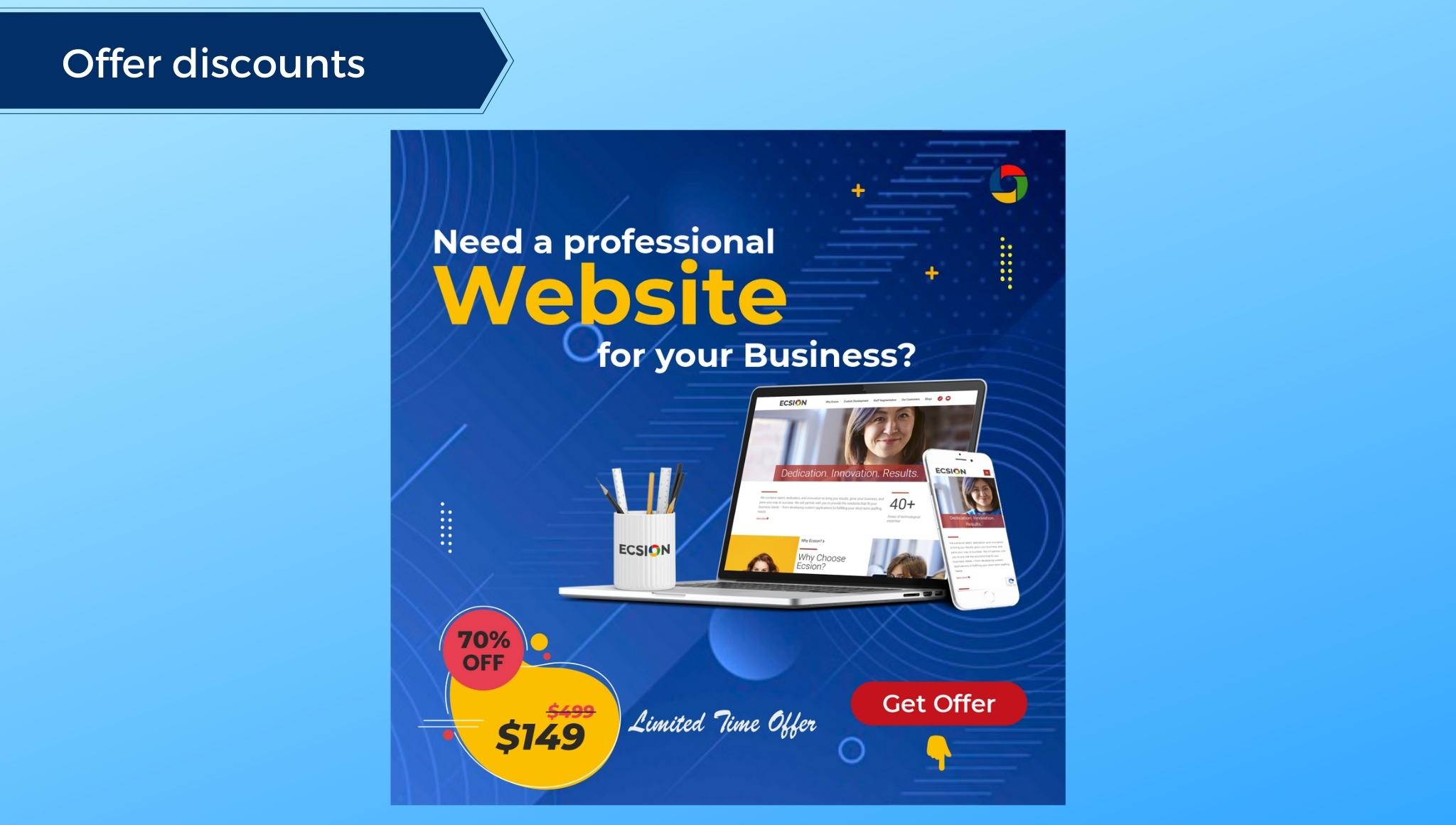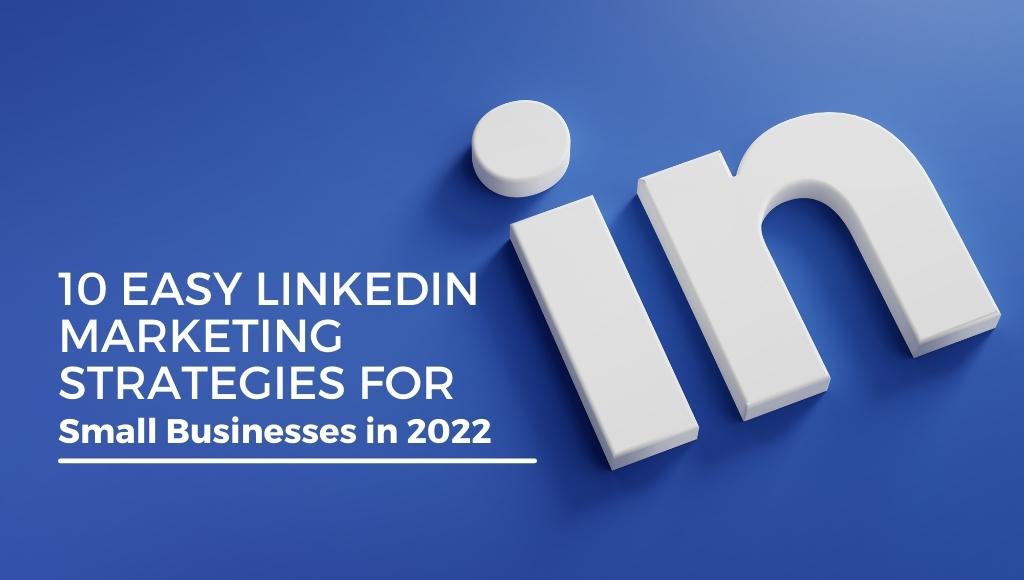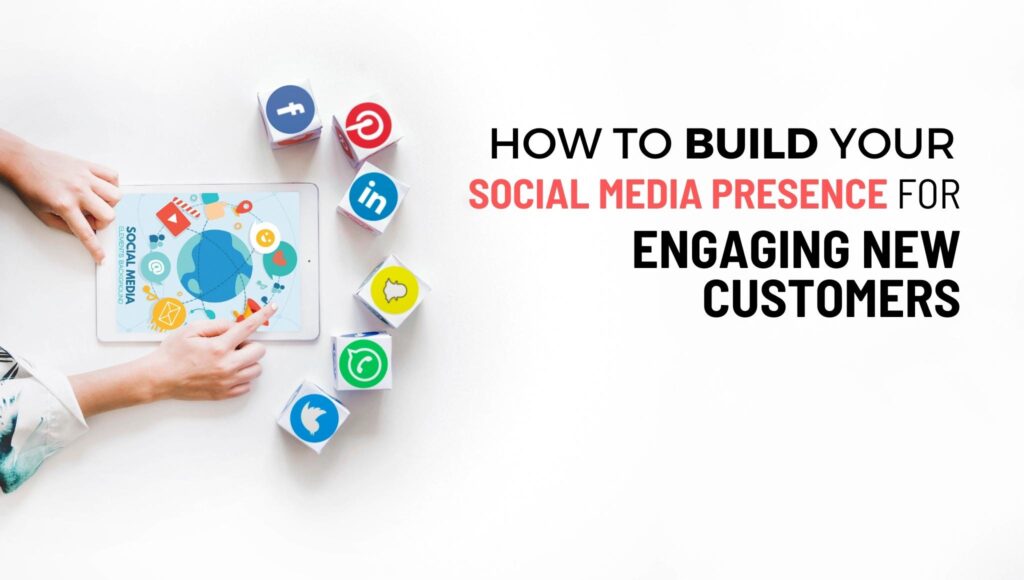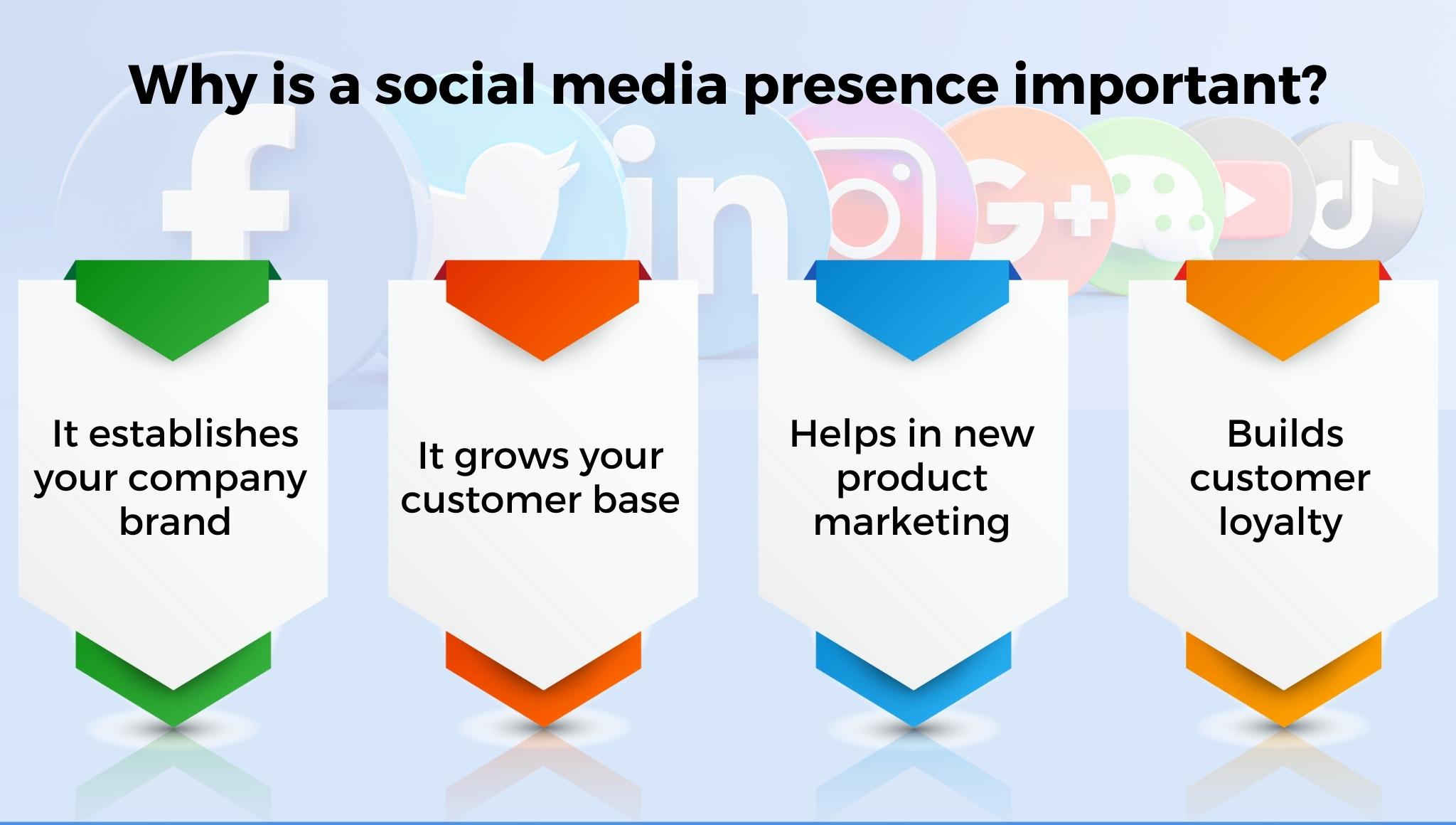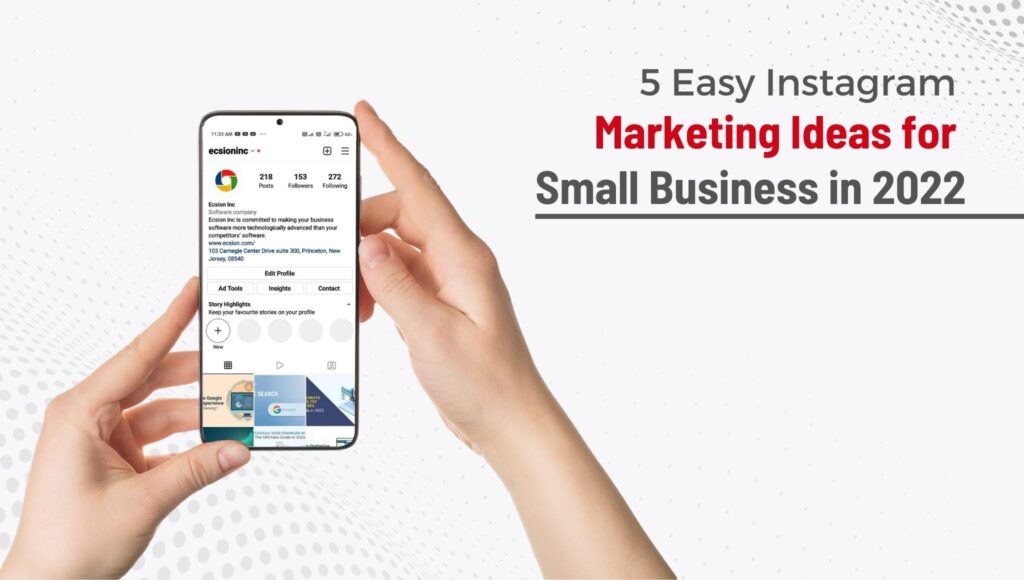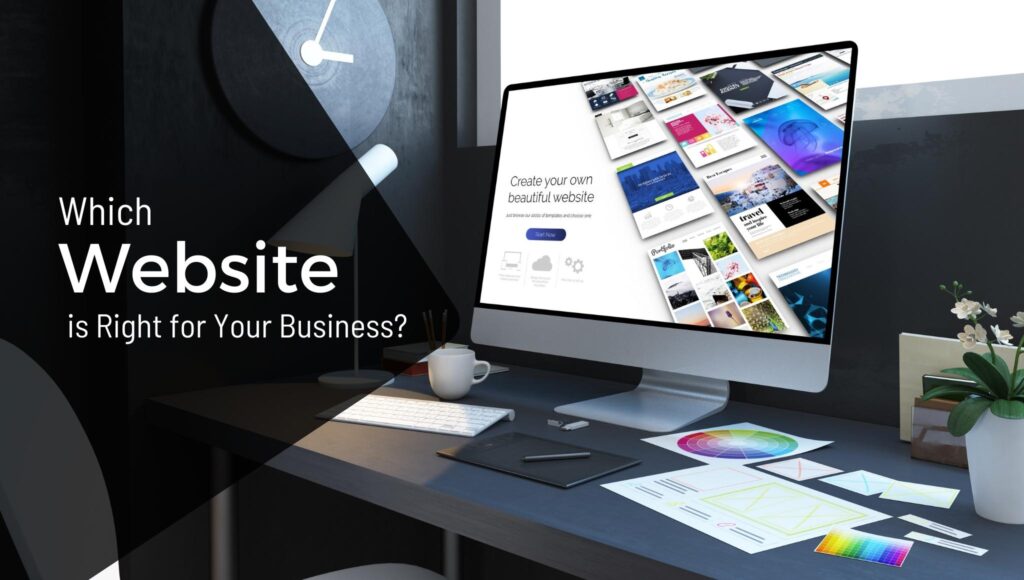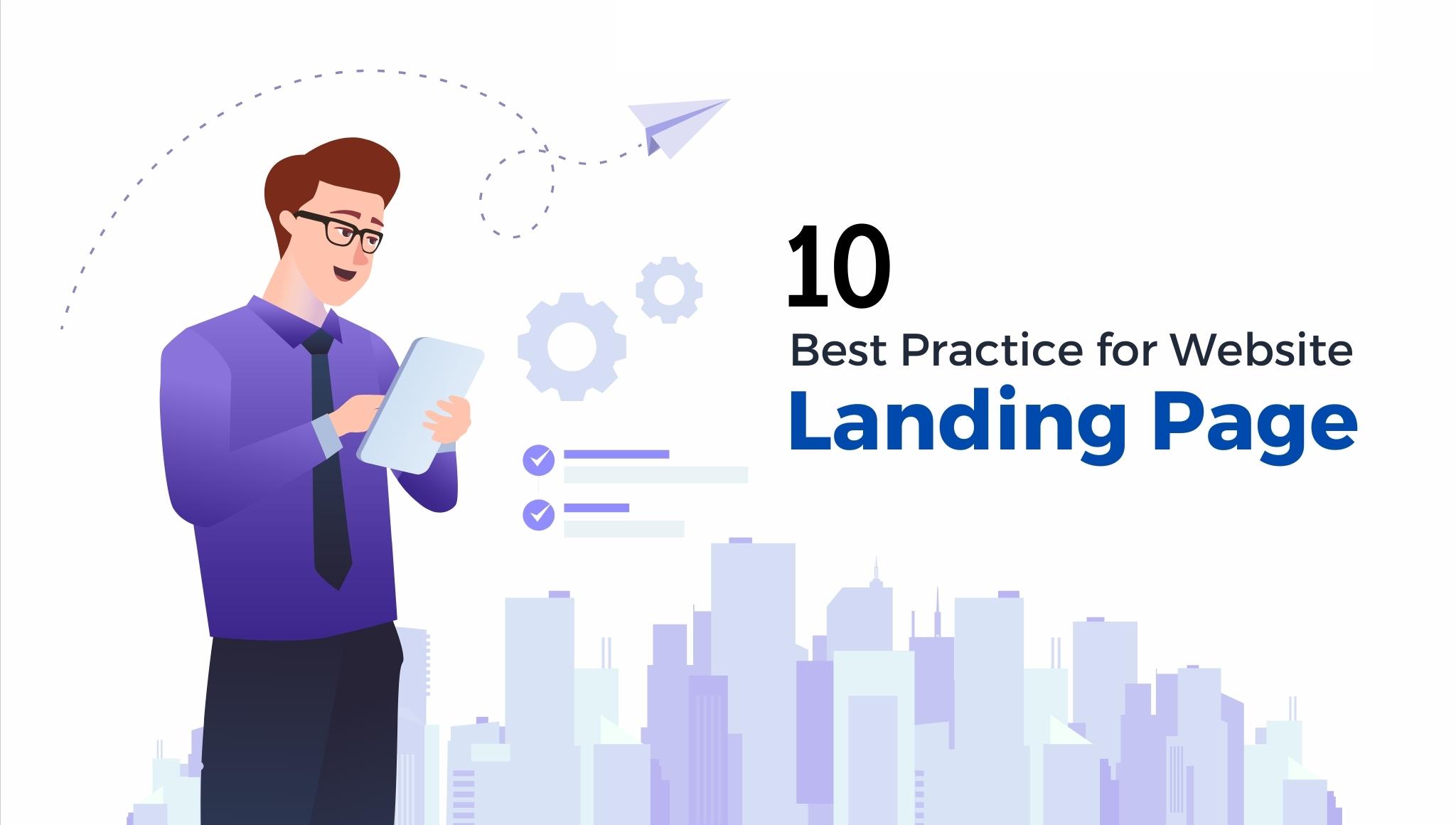How To Create Successful Social Media Marketing Strategies – Ultimate Guide In 2023
Social media marketing can be a great way to promote your small business, but it’s important to create a strategy that will work for you. In this blog, we’ll share some tips on how to create successful social media marketing strategies. Keep reading to learn more!
What is social media marketing?
Social media marketing is the process of using online platforms like Facebook, Twitter, and LinkedIn to build relationships and interact with potential and current customers.
It’s a way to connect with people who might be interested in your product or service, as well as stay in touch with existing customers. Social media marketing can also help you build brand awareness and create a community around your business.
There are a number of different strategies that businesses can use to approach social media marketing, and it’s important to find the one that best suits your company’s goals. If you’re not sure where to start, we’ve put together a guide to get you started.
Social media marketing (SMM) is a form of internet marketing that uses social networking websites as a marketing tool. The goal of SMM is to produce content that users will share with their social network to help a company increase brand exposure and broaden customer reach.
SMM can be a very effective way to connect with customers and create a community around your business. It’s also important to remember that social media should be used as part of an overall marketing strategy and not as a replacement for other marketing channels.
When used correctly, social media marketing can help you build relationships, drive traffic, and generate leads for your business. It can also be a great way to stay in touch with existing customers and keep them updated on what’s going on with your company.
What are social media marketing’s benefits?
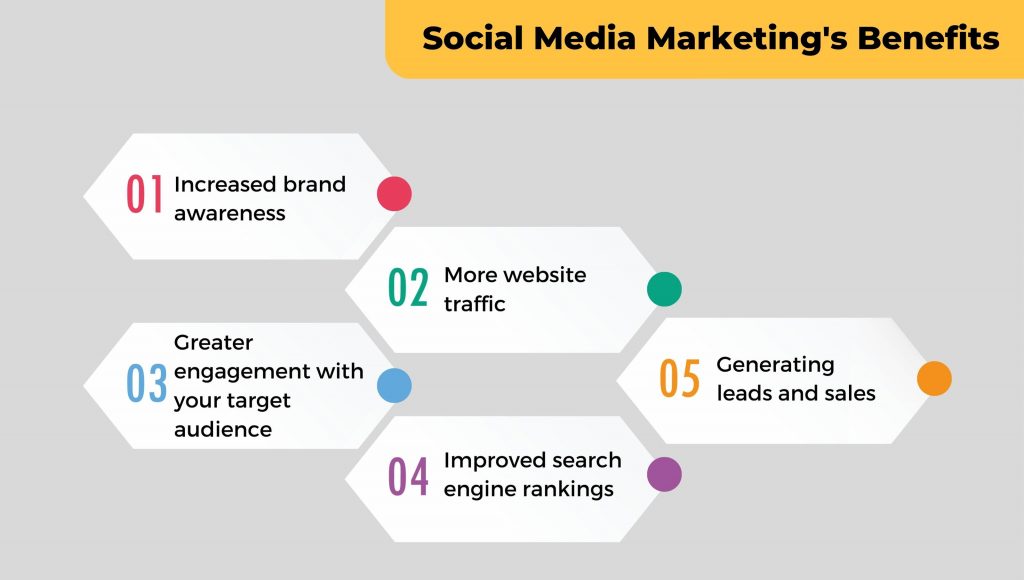
There are many benefits to social media marketing, including:
- Increased brand awareness
- More website traffic
- Greater engagement with your target audience
- Improved search engine rankings
- Generating leads and sales
Social media marketing is an affordable way to reach out to more people and build stronger relationships with your existing customers. It’s also an excellent platform for promoting content, products, and services. If you’re not already using social media marketing, now is the time to start!
Social media marketing can help you achieve all of these objectives:
-
Increase brand awareness
Social media platforms are a great way to increase brand awareness and reach new audiences. You’ll get more people interested in your business when you post regular updates, share interesting content, and engage with your followers.
-
Drive website traffic
Social media can also be used to drive traffic back to your website. When you include links to your website in your posts, you’ll encourage people to visit your site. You can also use social media ads to drive traffic to specific pages on your website.
-
Engage with your target audience
Social media is a great way to connect with your target audience and build relationships. By engaging with people who are interested in what you do, you can create a loyal following of customers and potential customers.
-
Improve search engine rankings
Social media signals (such as likes, shares, and links) can help improve your website’s search engine rankings. The more people who share your content, the more likely it is that your website will rank higher in search results.
-
Generate Leads And Sales
Social media can also be used to generate leads and sales for your business. By sharing information about your products and services, you can encourage people to buy from you. You can also use social media ads to target specific audiences and promote specific products and services.
Top secrets to creating a social media marketing strategy?
-
Social media marketing is not a one-size-fits-all approach
There is no single silver bullet when it comes to social media marketing. The most successful businesses tailor their social media strategy to fit their specific needs and goals.-
-
Define your goals and objectives
Before you launch a social media marketing campaign, you need to define what you want to achieve. Do you want to increase brand awareness? drive traffic to your website? Generate leads? Boost sales? Once you know your goals, you can create content and campaigns that are more likely to help you achieve them.
-
Know your audience
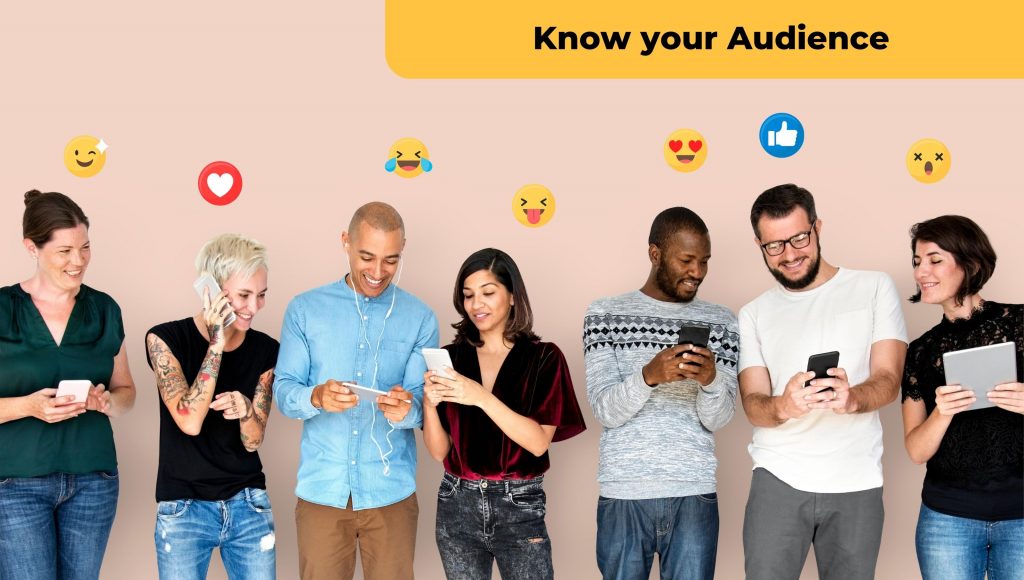
One of the most important aspects of social media marketing is understanding who your target audience is and what they want. By understanding your audience, you can create content that appeals to them and better meets their needs.
-
Use the right platform
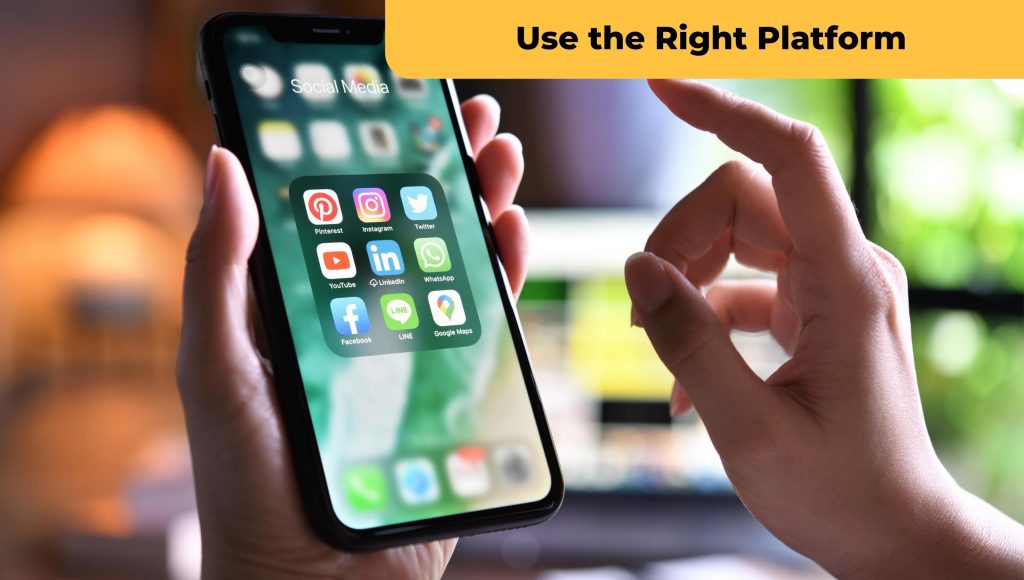
Not all social media platforms are created equal. Different platforms have different demographics, so it’s important to choose the right one for your business. For example, if you’re targeting young adults, you’ll want to be active on Snapchat or Instagram. If you’re targeting a more mature audience, Facebook or LinkedIn may be a better fit.
-
Create quality content
If you want people to pay attention to your social media marketing campaign, you need to create quality content that is interesting, informative, and engaging. Remember, social media is a two-way street—it’s not just about broadcasting your message, but also about listening to and responding to your audience.
-
Be consistent
Social media marketing takes time and effort, so you need to be patient and consistent with your posting. If you only post sporadically, people are less likely to take notice. Try to post regularly, and make sure your posts are relevant to your audience.
-
Measure your results
The only way to know if your social media marketing campaign is successful is to measure your results. Look at things like engagement (likes, comments, and shares), reach (how many people see your posts), and click-through rate (how many people click on links in your posts). By tracking these metrics, you can adjust your strategy as needed and make sure you’re getting the most out of your social media marketing.
-
Use paid advertising
Organic reach on social media platforms is getting harder and harder to come by, so you may need to invest in paid advertising to get your content seen by your target audience. Paid ads can be a great way to boost your reach and get your message in front of more people.
-
Work with influencer
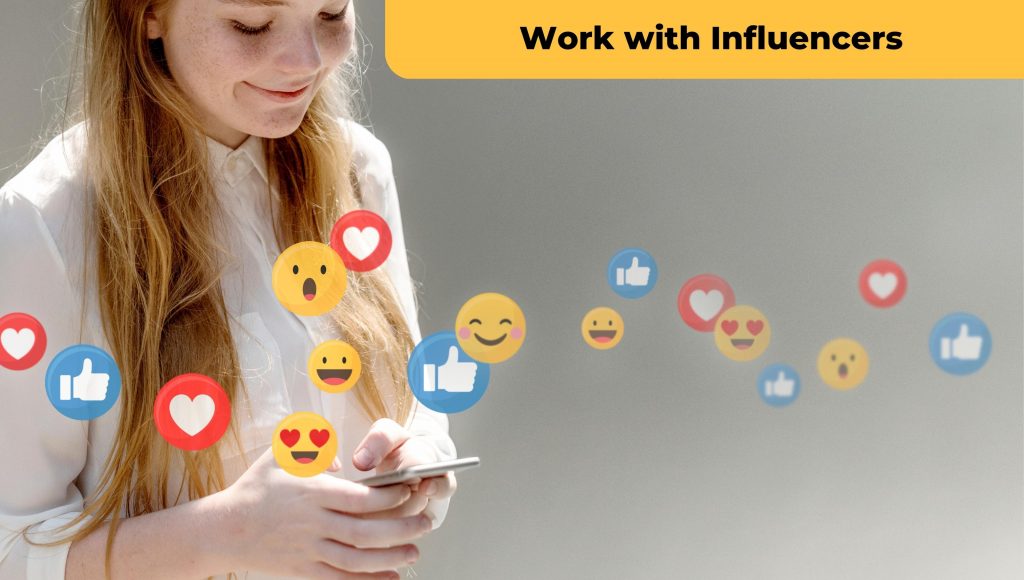
Influencer marketing is a great way to amplify your message and reach a larger audience. By working with influencers, you can get your content posted on their platforms and exposed to their followers. This can help you reach new people and grow your business.
-
Stay up-to-date on the latest trends
Social media is constantly changing, so it’s important to stay up-to-date on the latest trends and best practices. By keeping your finger on the pulse of the latest social media trends, you can adjust your strategy as needed and make sure you’re always ahead of the curve.
